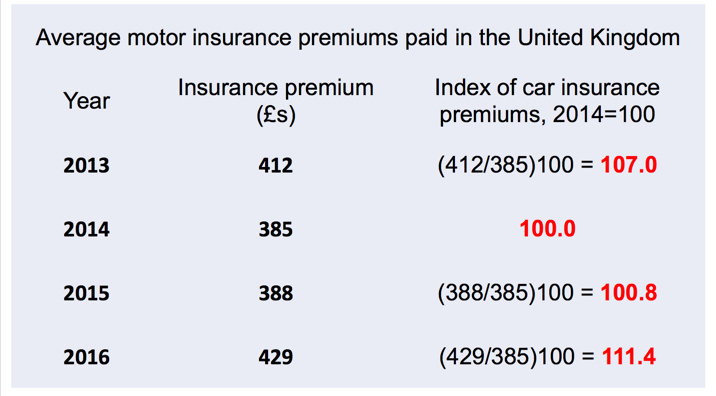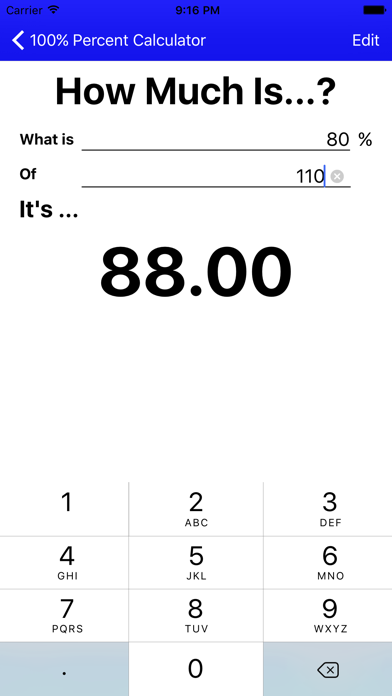How to calculate percentage of burns. Calculating Burn Percentage: A Comprehensive Guide to Determining Total Body Surface Area
How is burn percentage calculated. What factors influence Total Body Surface Area assessment. Which methods are used to determine burn severity. How do burn calculations differ for adults and children. What role does nutrition play in burn recovery. How are caloric needs estimated for burn patients. Why is accurate burn percentage calculation crucial for treatment.
Understanding Total Body Surface Area (TBSA) in Burn Assessment
Total Body Surface Area (TBSA) is a critical metric in evaluating the severity of burns and determining appropriate treatment protocols. Accurate calculation of TBSA is essential for proper fluid resuscitation, nutritional support, and overall patient management. This article delves into the various methods and considerations involved in assessing burn percentage and TBSA.
What is Total Body Surface Area?
TBSA refers to the percentage of the body’s surface that has been affected by burns. It is typically expressed as a percentage and is used to categorize burns as minor, moderate, or severe. Accurate TBSA assessment is crucial for determining the appropriate level of care and treatment strategies.

Methods for Calculating Burn Percentage
Several methods have been developed to estimate burn percentage and TBSA. Each has its advantages and limitations, and the choice of method often depends on the clinical setting and the patient’s age.
The Rule of Nines
The Rule of Nines is a quick and widely used method for estimating TBSA in adults. It divides the body into sections, each representing 9% (or a multiple of 9%) of the total body surface area:
- Head and neck: 9%
- Each arm: 9%
- Chest: 18%
- Back: 18%
- Each leg: 18%
- Groin: 1%
While the Rule of Nines is easy to remember and apply, it may not be as accurate for children or individuals with non-standard body proportions.
Lund and Browder Chart
The Lund and Browder chart is a more precise method for calculating TBSA, particularly in children. It takes into account the changing body proportions as a child grows, providing more accurate estimates for different age groups. The chart divides the body into smaller sections and assigns varying percentages based on age.

Factors Influencing TBSA Assessment
Several factors can affect the accuracy of TBSA calculations:
- Age: Children have different body proportions compared to adults, requiring adjusted calculation methods.
- Body habitus: Obesity or unusual body shapes may necessitate modifications to standard calculation methods.
- Burn depth: Distinguishing between superficial and deep burns can impact TBSA assessment.
- Burn pattern: Irregular or patchy burns may be more challenging to measure accurately.
Nutritional Considerations in Burn Management
Proper nutrition plays a crucial role in burn recovery. The metabolic demands of burn patients are significantly increased, necessitating careful calculation of caloric and nutrient needs.
Why is nutrition important for burn patients?
Burn injuries trigger a hypermetabolic state, leading to increased energy expenditure, protein catabolism, and altered immune function. Adequate nutritional support is essential for wound healing, maintaining muscle mass, and supporting the immune system.

Calculating Caloric Needs for Burn Patients
Various formulas have been developed to estimate the caloric requirements of burn patients. These formulas take into account factors such as age, weight, height, and TBSA.
Adult Formulas for Caloric Estimation
- Harris Benedict Equation:
- Men: 66.5 + 13.8(weight in kg) + 5(height in cm) – 6.76(age in years)
- Women: 655 + 9.6(weight in kg) + 1.85(height in cm) – 4.68(age in years)
This formula estimates basal energy expenditure and is typically multiplied by 1.5 to account for burn-related stress.
- Toronto Formula:
-4343 + 10.5(TBSA) + 0.23(calorie intake in last 24h) + 0.84(Harris Benedict estimation without adjustment) + 114(temperature) – 4.5(number of postburn days)
This formula is particularly useful in the acute stage of burn care but requires regular adjustment based on monitoring parameters.
- Curreri Formula:
- Age 16-59: 25(weight in kg) + 40(TBSA)
- Age >60: 20(weight in kg) + 65(TBSA)
While simple to use, this formula often overestimates caloric needs.

Pediatric Formulas for Caloric Estimation
- Galveston Formula:
- 0-1 year: 2100(body surface area) + 1000(body surface area × TBSA)
- 1-11 years: 1800(body surface area) + 1300(body surface area × TBSA)
- 12-18 years: 1500(body surface area) + 1500(body surface area × TBSA)
This formula focuses on maintaining body weight in pediatric burn patients.
- Curreri Junior Formula:
- <1 year: recommended dietary allowance + 15(TBSA)
- 1-3 years: recommended dietary allowance + 25(TBSA)
- 4-15 years: recommended dietary allowance + 40(TBSA)
Similar to the adult Curreri formula, this method may overestimate caloric needs in children.
The Impact of Accurate TBSA Assessment on Treatment
Precise calculation of burn percentage and TBSA is crucial for several aspects of burn management:
- Fluid resuscitation: TBSA guides the volume and rate of fluid administration during the critical first 24-48 hours post-burn.
- Nutritional support: Caloric and protein requirements are often based on TBSA calculations.
- Wound care strategies: The extent of burns influences decisions about topical treatments and surgical interventions.
- Prognosis: TBSA is a key factor in predicting outcomes and mortality risk in burn patients.
Challenges in TBSA Assessment and Caloric Estimation
While various methods exist for calculating burn percentage and estimating caloric needs, several challenges persist:
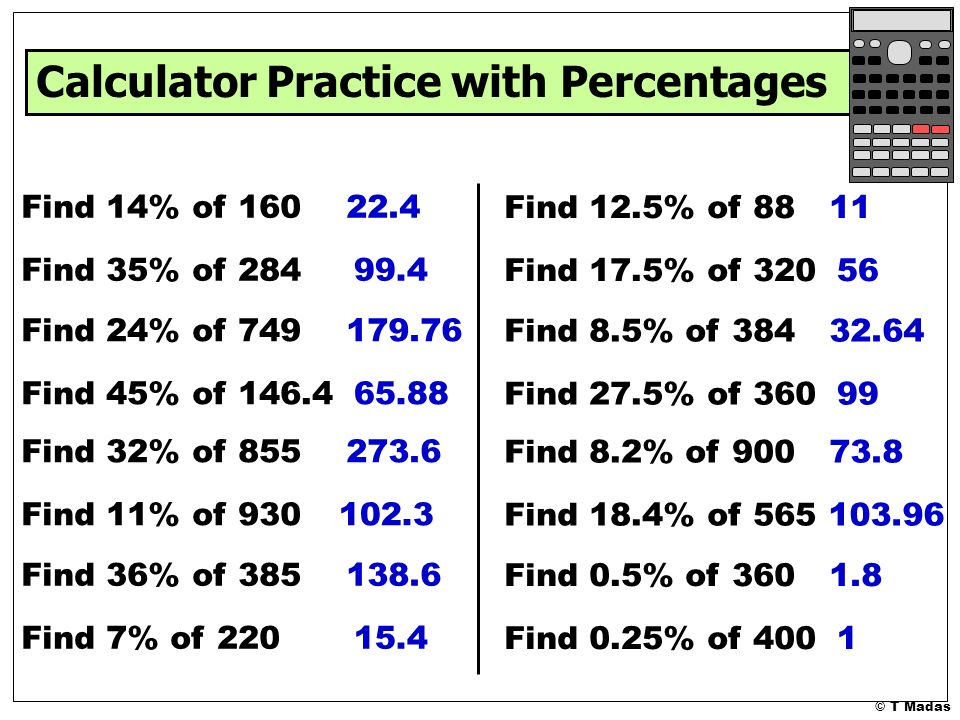
Variability in Assessment
Different healthcare providers may arrive at varying TBSA estimates for the same patient. This variability can lead to inconsistencies in treatment approaches.
Overestimation of Caloric Needs
Many formulas tend to overestimate caloric requirements, potentially leading to overfeeding. This can result in complications such as hyperglycemia, fatty liver, and increased carbon dioxide production.
Changing Metabolic Demands
The metabolic needs of burn patients change over time, necessitating regular reassessment and adjustment of nutritional support.
Advancements in Burn Assessment Technology
Recent technological developments are improving the accuracy and consistency of burn assessment:
3D Scanning and Imaging
Three-dimensional scanning technology can provide more precise measurements of burn surface area, potentially reducing the variability associated with manual assessment methods.
Computer-Aided TBSA Calculation
Software applications that allow clinicians to map burns on digital body diagrams can enhance the accuracy and consistency of TBSA calculations.

Artificial Intelligence in Burn Assessment
Machine learning algorithms are being developed to analyze burn images and assist in determining burn depth and extent, potentially improving the accuracy of TBSA assessments.
The Role of Multidisciplinary Care in Burn Management
Effective burn care requires a collaborative approach involving various healthcare professionals:
- Burn surgeons: Assess burn severity and determine surgical interventions
- Nurses: Provide wound care and monitor patient progress
- Dietitians: Calculate and adjust nutritional requirements
- Physical therapists: Assist with mobility and prevent contractures
- Psychologists: Address the psychological impact of burn injuries
This multidisciplinary approach ensures comprehensive care that addresses all aspects of burn recovery.
Future Directions in Burn Assessment and Management
The field of burn care continues to evolve, with several promising areas of research and development:
Personalized Nutrition Protocols
Advances in metabolomics and personalized medicine may lead to more tailored nutritional support strategies for individual burn patients.

Non-Invasive Monitoring Techniques
Development of non-invasive methods to assess metabolic rate and nutritional status could improve the accuracy of caloric estimations and reduce patient discomfort.
Improved Burn Depth Assessment
Emerging technologies such as laser Doppler imaging and hyperspectral imaging may enhance the accuracy of burn depth assessment, leading to more precise TBSA calculations.
In conclusion, accurate calculation of burn percentage and Total Body Surface Area is fundamental to effective burn management. While traditional methods like the Rule of Nines and Lund and Browder chart remain valuable, emerging technologies and personalized approaches promise to enhance the precision of burn assessment and nutritional support. As research progresses, burn care professionals can look forward to more refined tools and techniques to optimize patient outcomes.
| Adult formulas | Kcal/day | Comments |
| Harris Benedict | Men: 66.5 + 13.8(weight in kg) + 5(height in cm) − 6.76(age in years) Women: 655 + 9.6(weight in kg) + 1.85(height in cm) − 4.68(age in years) | Estimates basal energy expenditure; can be adjusted by both activity and stress factor, multiply by 1.5 for common burn stress adjustment |
| Toronto Formula | −4343 + 10.5(TBSA) + 0.23(calorie intake in last 24 h) + 0.84(Harris Benedict estimation without adjustment) + 114(temperature) − 4.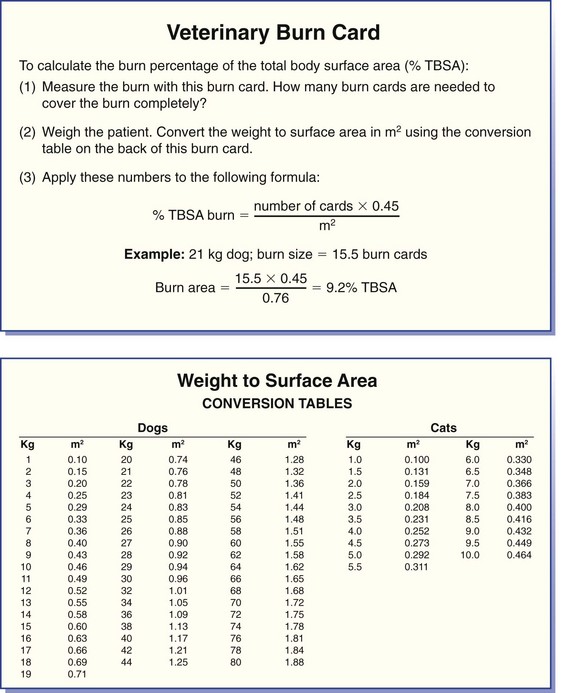 5(number of postburn days) 5(number of postburn days) | Useful in acute stage of burn care; must be adjusted with changes in monitoring parameters |
| Davies and Lilijedahl | 20(weight in kg) + 70(TBSA) | Overestimates caloric needs for large injuries |
| Ireton-Jones | Ventilated patient: 1784 − 11 (age in years) + 5 (weight in kg) + (244 if male) + (239 if trauma) + (804 if burn) Non-ventilated patient: 629 − 11 (age in years) + 25 (weight in kg) − (609 if obese) | Complex formula which integrates variables for ventilation and injury status |
| Curreri | Age 16–59: 25(weight in kg) + 40(TBSA) Age >60: 20(weight in kg) + 65(TBSA) | Often overestimates caloric needs |
| Pediatric formulas | ||
| Galveston | 0–1 year: 2100(body surface area) + 1000(body surface area × TBSA) 1–11 year: 1800(body surface area) + 1300(body surface area × TBSA) 12–18 years: 1500(body surface area) + 1500(body surface area × TBSA) | Focuses on maintaining body weight |
| Curreri junior | <1 year: recommended dietary allowance + 15(TBSA) 1–3 years: recommended dietary allowance + 25(TBSA) 4–15 years: recommended dietary allowance + 40(TBSA) | Commonly overestimates caloric needs |
%PDF-1. 6
6
%
2 0 obj
>
endobj
1 0 obj
>
endobj
3 0 obj
>stream
2021-08-14T08:07:49+02:002020-08-31T22:55+05:302021-08-14T08:07:49+02:00Adobe InDesign CC 2017 (Windows)application/pdfuuid:b89893e2-b90c-4bca-84fb-3c75f8e36465uuid:4eaf91f0-9514-47ba-bff2-230f3fd7b9bdAdobe PDF Library 15.0; modified using iText 2.1.7 by 1T3XT
endstream
endobj
4 0 obj
>stream
x+
Parkland Formula Calculator For Burns
Variables and formula
The above calculator helps you determine the fluid requirement immediately after injury by burn, depending on the weight of the patient and the severity of burns.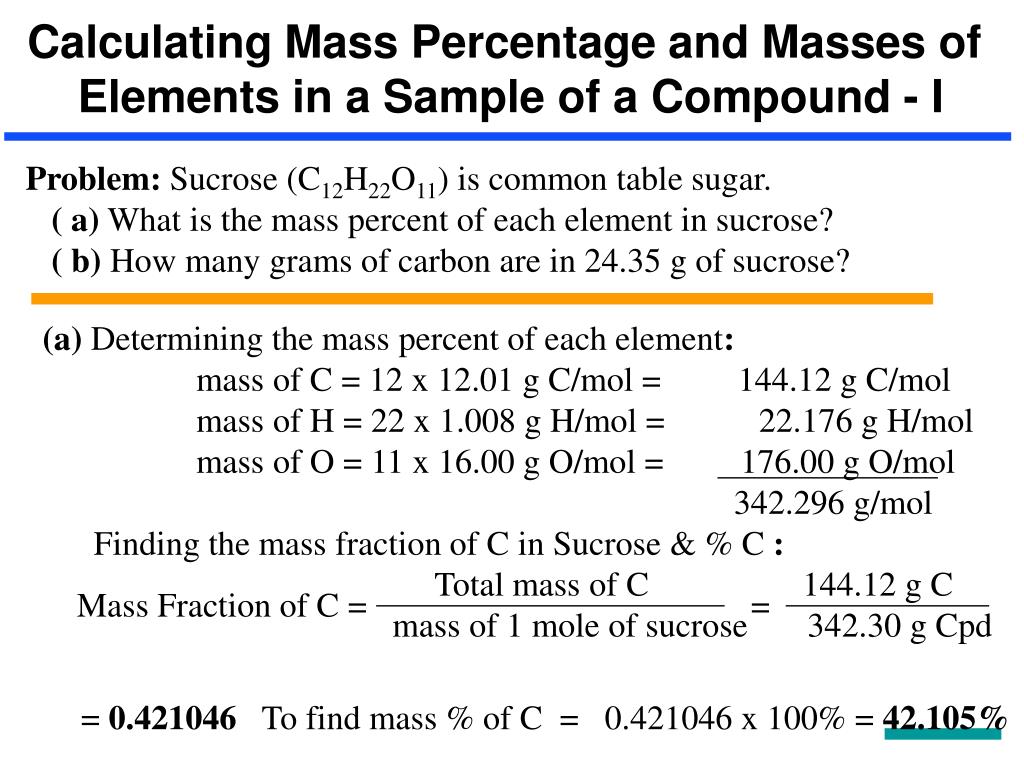
This tool helps appropriately restore intravascular volume and limit the development of hypovolemic shock.
The equation it is based on, was created by Dr Charles Baxter at the Parkland Memorial Hospital in Texas and is addressed to adult patients, children and the elderly may require slightly lower or greater quantities of fluid.
The types of injuries that require fluid replenishment include:
■ >10% TBSA partial thickness burns;
■ Inhalation injury;
■ Burns to hands or genitals;
■ Any size full-thickness burn;
■ Serious chemical injury;
■ Serious electrical injury.
It is important that the patient is assessed frequently and that individual adjustments are made, with the scope to maintain adequate organ perfusion. In some patients, serum lactate can be used to check the hemostatic status but does not have individual predictive value for adequate fluid resuscitation.
The Parkland formula states that the fluid requirement (FR) is equal to total body surface burned multiplied by the patient weight and by 4:
FR = TBSA (%) x weight (kg) x 4 mL
This is the amount of fluid that needs to be administered first hard.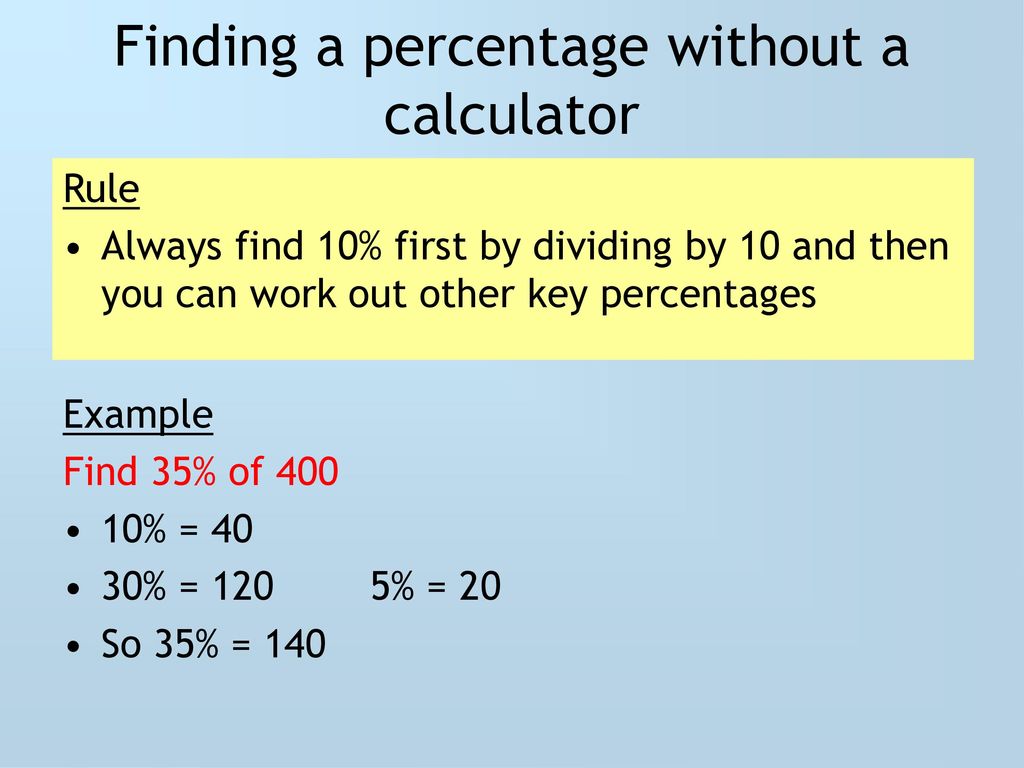 The FR divided by 2 reveals the amount of fluid recommended at 8 hours after injury whilst the FR divided by 8 indicates the fluid recommended 24 hours after injury.
The FR divided by 2 reveals the amount of fluid recommended at 8 hours after injury whilst the FR divided by 8 indicates the fluid recommended 24 hours after injury.
The Parkland method for initial fluid resuscitation has been validated and has proven its effectiveness in worldwide clinical settings. It is endorsed by the American Burn Association and is part of the protocol for burns treatment.
Burned body surface and Wallace rule
The Parkland formula requires the total burned body surface area which is estimated as a percentage according to the Wallace rule of nines.
This rule can be applied to both adults and children and provides a burn severity assessment.
The table below introduces the Wallace rule of nines:
| Region | Adults | Children |
| Head | 9% | 18% |
| Front torso | 18% | 18% |
| Back torso | 18% | 18% |
| Arms | 9% for each | 9% for each |
| Legs | 9% for each | 14% for each |
Original source
Baxter CR. Fluid volume and electrolyte changes of the early postburn period. Clin Plast Surg. 1974; 1(4):693-703.
Fluid volume and electrolyte changes of the early postburn period. Clin Plast Surg. 1974; 1(4):693-703.
Validation
Cartotto RC, Innes M, Musgrave MA, Gomez M, Cooper AB. How well does the Parkland formula estimate actual fluid resuscitation volumes? J Burn Care Rehabil. 2002; 23(4):258-65.
Other references
1. Blumetti J, Hunt JL, Arnoldo BD, Parks JK, Purdue GF. The Parkland formula under fire: is the criticism justified? J Burn Care Res. 2008; 29(1):180-6.
2. Ahrns KS, Harkins DR. Initial resuscitation after burn injury: therapies, strategies, and controversies. AACN Clin Issues. 1999; 10(1):46-60.
3. Ahrns KS. Trends in burn resuscitation: shifting the focus from fluids to adequate endpoint monitoring, edema control, and adjuvant therapies. Crit Care Nurs Clin North Am. 2004; 16(1):75-98.
| C Explanation: 45 % REF: Sabiston 18th e chapter 22 Burn size is generally assessed by the so-called rule of nines. Degree of burn has nothing to do with calculation of percentage of burns. However different degrees of burns can be allotted their respective shares; for example a total of 45 % burns as in this case can be said as 9% of 3rd degree + 18% of 2′ degree + 18% of 1st degree burn. Q. 2 A 28 year old woman is brought to you with burns over the head, neck and front of trunk. Calculate the % surface area of burns in this scenario? Q. 2 A 28 year old woman is brought to you with burns over the head, neck and front of trunk. Calculate the % surface area of burns in this scenario? Ans. | C Explanation: The estimation of body surface area burns in an adult is given below: Area of body: Head and neck 9% Front of trunk 18% Back of trunk 18% Upper limb 18% Lower limb 36% Genitalia 1%
So in this case area of head and neck + front of trunk = 9+18 = 27%. Ref: Textbook of Forensic Medicine and Toxicology by Narayan Reddy, Edition 21, Page – 272 Q. 3 A 5 year old has burns on the surface of his body corresponding to the size of his palm. The percentage of burns is? Q. 3 A 5 year old has burns on the surface of his body corresponding to the size of his palm. The percentage of burns is? Ans. | A Explanation: A i.e. 1% Palmar surface of patient’s hand is about 1% of body surface areaQ (in children and adult both). Q. 4 A 5 year old child spills boiling water accidentally over her face and trunk. Which of the following methods is the most accurate to estimate the body surface area involved in burns? Q. 4 A 5 year old child spills boiling water accidentally over her face and trunk. Which of the following methods is the most accurate to estimate the body surface area involved in burns? Ans. | C Explanation: Ans is ‘c’ i. “The total body surface area involved in the burn is most accurately determined by using the age related charts designed by Lund and Browder.” – CSDT A thorough and accurate estimation of burn size is essential as critical management decisions are based on it i.e. to guide therapy and to determine when to transfer a patient to a burn center. The extent of burns is expressed as the total percentage of body surface area (TBSA). Superficial or first degree burns are not included in the TBSA burn assessment. The location of partial-thickness and full-thickness burned areas are recorded on a burn diagram. Burns with an appearance compatible with either deep partial-thickness or full-thickness are presumed to be full-thickness until accurate differentiation is possible. The two commonly used methods of assessing TBSA in adults are the Lund-Browder chart and “Rule of Nines,” whereas in children, the Lund-Browder chart is the recommended method because it takes into account the relative percentage of body surface area affected by growth.
Lund-Browder chart:
It takes into account the relative percentage of body surface area affected by growth. Children have proportionally larger heads and smaller lower extremities, so the percentage BSA is more accurately estimated using the Lund-Browder chart. Rule of Nines The “rule of nines” is a crude but quick and effective method of estimating burn size each upper extremity accounts for —> 9% of TBSA Each lower extremity accounts for —> 18% of TBSA – anterior or posterior trunk, each account for —> 18% of TBSA – head and neck account for –> 9% – perineum accounts for —> 1% Palm method Small or patchy burns can be approximated by using the surface area of the patient’s palm. Q. 5 Head & neck involvement in burns in infant is ‑ Q. 5 Head & neck involvement in burns in infant is ‑ Ans. | B Explanation: Answer is ‘b’ i.e. 18% Children have a relatively larger portion of the body surface area in the head and neck which is compensated for by a relatively smaller surface area in the lower extremities. Infants have 21% of TBSA in the head and neck and 13% in each leg. The burn size, mentioned as a proportion of the patients TBSA (total body surface area) is the single most important factor in predicting burn related mortality. Q. 6 Calculate the percentage of burns on the head, neck and face in a child of one year – Q. 6 Calculate the percentage of burns on the head, neck and face in a child of one year – Ans. | D Explanation: Ans. is None Q. 7 Whole hand burns represent what percentage of total body surface area: Q. 7 Whole hand burns represent what percentage of total body surface area: Ans. | A Explanation: Ans: A i.e. 1%
Q. 8 Rule of 9 in burns is used to denote: NEET 14 Q. 8 Rule of 9 in burns is used to denote: NEET 14 Ans. | B Explanation: Ans. Total body surface area involved Q. 9 According to ‘rule of 9% perineum burns constitute: FMGE 09 Q. 9 According to ‘rule of 9% perineum burns constitute: FMGE 09 Ans. | A Explanation: Ans. 1% burns Q. 10 Burns in children assessed by: AIIMS 13 Q. 10 Burns in children assessed by: AIIMS 13 Ans. | B Explanation: Ans. Lund and Browder Q. 11 A 2-year-old child had burns on buttocks, both legs, face, neck and singeing of hair. Total surface area burnt: JIPMER 14 Q. 11 A 2-year-old child had burns on buttocks, both legs, face, neck and singeing of hair. Total surface area burnt: JIPMER 14 Ans. | B Q. 12 In a 6-year-old child with burns involving whole of head and trunk, the estimated body surface area involved: JIPMER 09 Q. 12 In a 6-year-old child with burns involving whole of head and trunk, the estimated body surface area involved: JIPMER 09 Ans. | B Q. 13 In adults, circulatory collapse occurs after a minimum of what percentage burns of total body surface area: Q. 13 In adults, circulatory collapse occurs after a minimum of what percentage burns of total body surface area: Ans. | C Q. 14 Rule of 9 in burns is used to denote ‑ Q. 14 Rule of 9 in burns is used to denote ‑ Ans. | B Explanation: Ans. is ‘b’ i.e., % of total body surface area
PreviousNext × Will you help me by Sharing this Quiz on Facebook ??
Burns(Thermal injury): Extend of burns.Introduction,
TOTAL= 100% “Rule of five’’ may be more appropriate. For calculating percentage of body surface area involved in children in practice:
For calculating percentage in case of scattered burn injuries ‘Palm rule’ has been found handy. According to it the surface area of the palm of victim is approximately 1% of total body surface area.
Exam Important Introduction,
TOTAL= 100% Rule of five’’ may be more appropriate.
For calculating percentage in case of scattered burn injuries ‘Palm rule’ has been found handy. According to it the surface area of the palm of victim is approximately 1% of total body surface area
Don’t Forget to Solve all the previous Year Question asked on Burns(Thermal injury): Extend of burns. Click Here to Start Quiz
|
Personal Protective Equipment (PPE) Burn Rate Calculator
The Personal Protective Equipment (PPE) Burn Rate Calculator (Version 2) excel icon[XLS – 2 MB] is a spreadsheet-based model that will help healthcare facilities plan and optimize the use of PPE for response to COVID-19. Non-healthcare facilities such as correctional facilities may also find this tool useful.
Non-healthcare facilities such as correctional facilities may also find this tool useful.
To use the calculator, enter the number of full boxes of each type of PPE in stock (gowns, gloves, surgical masks, respirators, and face shields, for example) and the total number of patients at your facility, if applicable. If your facility does not treat COVID-19 patients, leave “patients” row blank. The tool will calculate the average consumption rate, also referred to as a “burn rate,” for each type of PPE entered in the spreadsheet. This information can then be used to estimate how long the remaining supply of PPE will last, based on the average consumption rate. Using the calculator can help your facility make order projections for future needs.
System Requirements
- Windows* operating system (MS Windows 2000 or newer)
- Microsoft Excel (MS Office 2000 or newer)
- 486 Pentium processor and at least 128MB RAM
- 2 MB of hard drive storage space
* MS Windows and Office is a copyrighted product produced by Microsoft Corporation, based in Redmond, WA. Use of trade names and commercial sources is for identification only and does not imply endorsement by the U.S. Department of Health and Human Services.
Use of trade names and commercial sources is for identification only and does not imply endorsement by the U.S. Department of Health and Human Services.
Instructions for Downloading
Before loading and starting the PPE Burn Rate Calculator, you may need to change Excel’s security level. To do so:
- Open a blank Excel spreadsheet.
- Click Tools and then click Macro, choose Security.
- Set Security Level to Medium.
- Click OK.
- Double-click and open PPE Burn Rate Calculator file.
- When asked to Disable Macros or Enable Macros, click Enable Macros.
Downloading the Files
We recommend downloading and saving the PPE Burn Rate Calculator spreadsheet to your computer before opening the spreadsheet. Taking this step will open the spreadsheet in Excel rather than your web browser.
Burns Unit : Clinical information
There are many different burns unit’s throughout the world. In providing this information we hope to educate you that even though there are differences the main outcomes are still the same. This should help to also give conformity in the specialised care needed. The consultants Russell Taylor, Tom Clarnette, Warwick Teague, Sian Fairbank and Jonathon Burge are the experienced surgeons in this field.
In providing this information we hope to educate you that even though there are differences the main outcomes are still the same. This should help to also give conformity in the specialised care needed. The consultants Russell Taylor, Tom Clarnette, Warwick Teague, Sian Fairbank and Jonathon Burge are the experienced surgeons in this field.
Kathy Bicknell is the Burns CNC. She provides clinical care, coordinates inpatient and outpatient care for burns patients and provides education to patients, families, nursing, medical and allied health. She is also involved in developing prevention strategies and providing education in the community.
Kellie Smith and Kate Glassford are the burns unit Care Managers. They co-ordinate the care of burns patients on Platypus ward who have a severe burn injury.
The Clinical Facilitator provides education and support to staff within the hospital.
The multidisciplinary team meet weekly on a Wednesday morning at 0930am to discuss the care of patients.
Thank you for taking the time to read this information.
Clinical information
There are five functions of the skin that make it so important.
These are:
- Protection
- Fluid balance
- Thermo-regulation
- Sensory organ
- Produces vitamins
Information required prior to admission
The following questions to ask/tell the Ambulance Officer/Admitting Officer/Burns unit staff are important in assisting the Medical and Nursing staff to ascertain the severity of the burn injury.
- Estimated time of arrival
- Name, Age of the child
- What type of burn and location on the body
- Estimated percentage (how have they made this estimate)
- ?Inhalation injury
- How it occurred and time it occurred
- first Aid
- What treatment was given, if any
- Is intravenous access established
- Has analgesia been given
- ?Tetanus status current
- Are the parents/guardians aware.
 Will they accompany the child
Will they accompany the child - Is an interpreter required
- Past medical history ie. asthma, diabetes, epilepsy
Classification of burns
Burns are classified into five categories:-
- Epidermal (Not included in TBSA%)
- Superficial Dermal
- Mid Dermal
- Deep Dermal
- Full thickness
Burns dressings
The method of dressings we use at The Royal Children’s Hospital involves a “closed” dressing technique, with the exception of burns to the face and perineum. We use this method for a number of reasons. The main reasons are for protection and absorption and for decreasing stress of both the patient and the family, Dressing changes can but may not necessarily be ‘painful’ however the emotional and psychological distress can be enormous. Because of this the number of dressings required should be kept to as few as possible.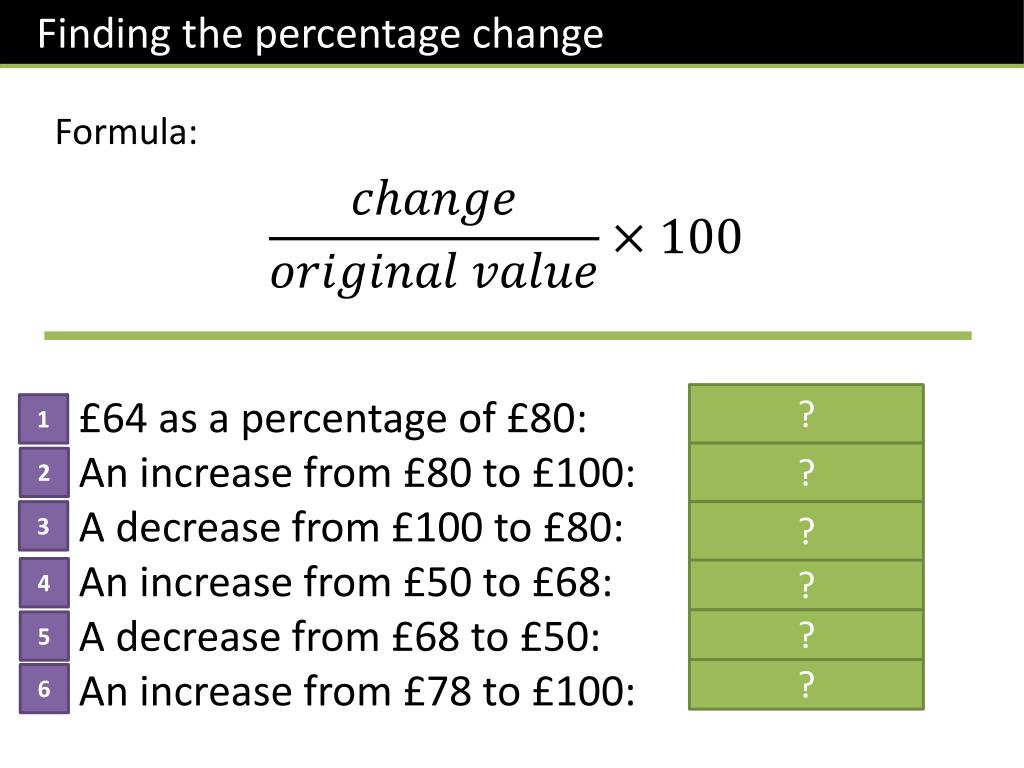
The moistness, size, depth, and area of the burn needs to be taken into consideration for dressing selection. The aim of the burn dressing is to keep the wound clean and dry, and prevent infection.
Epidermal burns – Involves the epidermal layer only and will heal usually within a few days
Superficial burns
A superficial burn involves only the epidermis and the upper part of the dermal papillae. The burn may appear bright pink or red in colour (erythema). Blisters may or may not be present. The texture is normal or firm and the area is very painful and hypersensitive to touch. On pressure the burn area will blanch and capillary return will be brisk. In time the erythema will fade and spontaneous healing will occur with no surgical intervention.
An occlusive non-stick dressing can be used for this sort of burn:
Generally dress with a non stick dressing like Mepite/Jelonet/Bactigras, Melolin and crepe bandage.
Secure with Hyperfix if necessary.
Mepitel is a low adherent wound contact dressing made of silicone gel bound to a flexible polyamide net.
It is preferable to leave the dressing intact until the patient is reviewed after 7 days, or earlier if necessary. Spontaneous healing will occur. These sorts of dressings allow the child a certain amount of mobility within a given area, without concern of further injury to the wound or discomfort to the child. It allows for greater ease and comfort for both the patient and the care givers when nursing the child.
Protection is a two way process in the “closed” method. An closed dressing protects the wound, but also protects the “outside”, be it patients, staff, family or anyone who comes into contact with the patient.
Partial thickness (Mid – Deep Dermal)
This type of burn injury results in the entire epidermal layer being destroyed along with varying thickness of the dermis.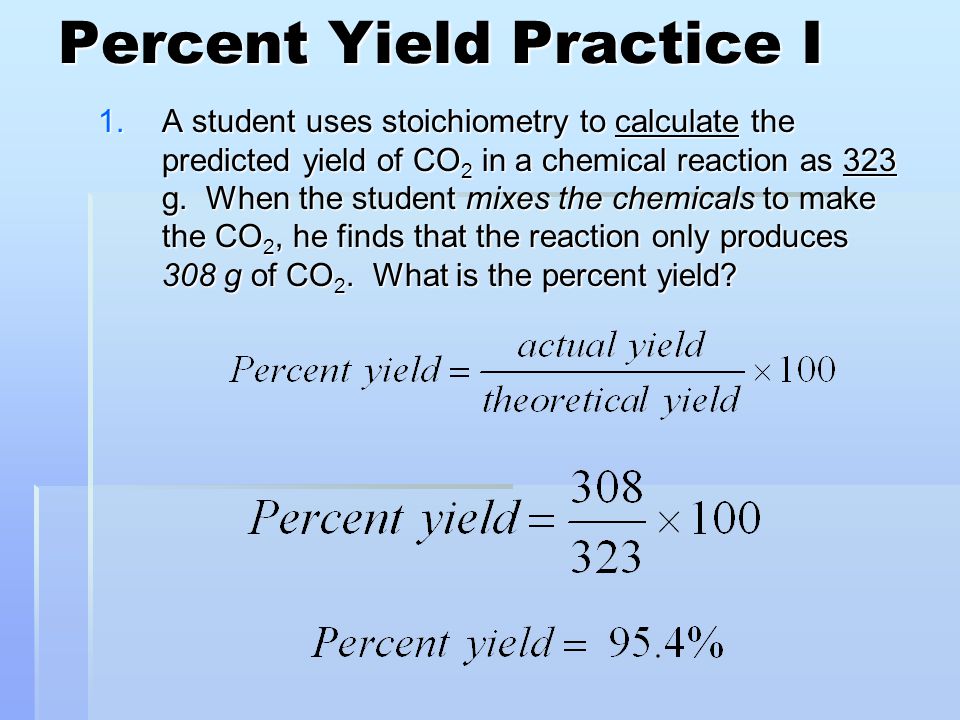 Hence a Partial Thickness injury can be either Superficial, mid or Deep.
Hence a Partial Thickness injury can be either Superficial, mid or Deep.
The substructures – sweat glands and hair follicles generally remain undamaged, but some can be affected. It is characterised by a creamy coloured base which is mottled in appearance. Usually a Superficial Partial thickness burn will heal itself by regeneration of the epithelial layer but will take longer to heal than a superficial burn. A deep partial burn where the deeper substructures, sweat glands and hair follicles are affected, if left untreated will leave scar tissue.
Unfortunately the depth of a Partial thickness burn may take up to 7 – 10 days to declare it self as superficial or deep.
A closed dressing should be used:
Generally we use Acticoat or Acticoat 7(moisten with sterile water, cover with IntraSite Conformable, cling film, and crepe bandage. Secure with Hyperfix)
The exudate from the wound determines the number of dressing changes required.
Acticoat is a silver impregnated antimicrobial barrier dressing. Acticoat can stay intact for 3 days and Acticoat 7 for up to 7 days. Acticoat needs to be activated by moistening it with Sterile water before applying it on the wound bed. Ensure dressing is moist not wet to avoid maceration of the wound. The moisture releases the silver that protects the wound from bacterial contamination. the Acticoat can be applied either side to the wound.
IntraSite Conformable is a conformable hydrogel dressing that combines the advantage of IntraSite gel with a non woven dressing. It creates a moist wound environment.
Full thickness
In a full thickness burn, injury occurs to the entire thickness of the epidermis, epithelial elements and dermal appendages. Spontaneous healing is not possible. If left, the area will heal by contraction thus reducing function. A full thickness burn is usually characterised by its whitish leather appearance but it can also be brown, cherry red or charred black. It is firm and leathery in texture. Few, if any, blisters are present. Those blisters that are present are thin walled and break easily and should be debrided. Areas will not blanch under pressure. Initially, nerve sensation is greatly diminished or lost completely when the injury is sustained. Later pain associated with the burn area can be severe as the child undergoes grafting.
A full thickness burn is usually characterised by its whitish leather appearance but it can also be brown, cherry red or charred black. It is firm and leathery in texture. Few, if any, blisters are present. Those blisters that are present are thin walled and break easily and should be debrided. Areas will not blanch under pressure. Initially, nerve sensation is greatly diminished or lost completely when the injury is sustained. Later pain associated with the burn area can be severe as the child undergoes grafting.
The eschar of a full thickness burn is extremely inelastic and leads to compression of the underlying tissues as oedema occurs.
A closed dressing could be used:
Generally we use ActicoatTM or Acticoat 7TM(as per consultant choice) moisten with sterile water, covered with IntraSite ConformableTM, cling film (eg Gladwrap), and crepe bandage. Secure with Hyperfix and Tubigrip.
|
1- Apply moisten Acticoat to the burn wound
|
|
2- Cover the Acticoat with a layer of Intrasite Conformable
|
|
3- Secure the Intrasite Conformable with Hypafix tape to prevent slipping
|
|
4- Cover the Intrasite Conformable with a layer of cling wrap to keep moisture within the dressing
|
|
5- Secure the entire dressing with Hypafix / Mefix tape
|
|
6- Apply Tubigrip / bandage over the dressing for support
|
Different dressings may be used.
The decision to use other dressings is made by the consultant.
Facial/respiratory burns
More people die in a fire from pulmonary insufficiency caused by the inhalation of heat and smoke, than they do from the direct burn injury, thus airway management is a priority. With the advent of new furnishing materials, we are seeing a more complex form of injury.
Inhalation injuries are uncommon in children, but are potentially more dangerous than in an adult because of ;
- the diameter of the child’s airway is smaller and more prone to obstruction by a given degree of oedema
- the chest wall is soft and immature
- less respiratory reserve – respiratory failure from fatigue is more likely
- greater metabolic demands, including oxygen consumption are compounded
- the younger the child the greater the risk of respiratory distress, with increased mortality
- greater fluid requirements for fluid resuscitation.

Supraglottic oedema, laryngeal oedema or upper respiratory tract obstruction can develop as a result of a direct thermal injury such as the inhalation of flames, steam and the aspiration of hot liquids, or the inhalation of a chemical agent. Superheated air can transmit sufficient heat throughout the respiratory tract resulting in damage to lung tissue. If a child requires intubation, they will be nursed in the Intensive Care Unit. Occasionally, a tracheostomy may be indicated if prolonged respiratory support is required.
Signs of respiratory burn will be singed nasal hair, facial burns, blood stained sputum, carbonaceous sputum, oedema in the neck and facial area, respiratory distress, uneven noisy respirations, shallow breathing, tachypnoea, stridor, hoarseness, changes in mental state, restlessness, cyanosis and eventually loss of consciousness. Even if there are no signs present, children burned in an enclosed space must be considered to have an inhalation injury until disproved.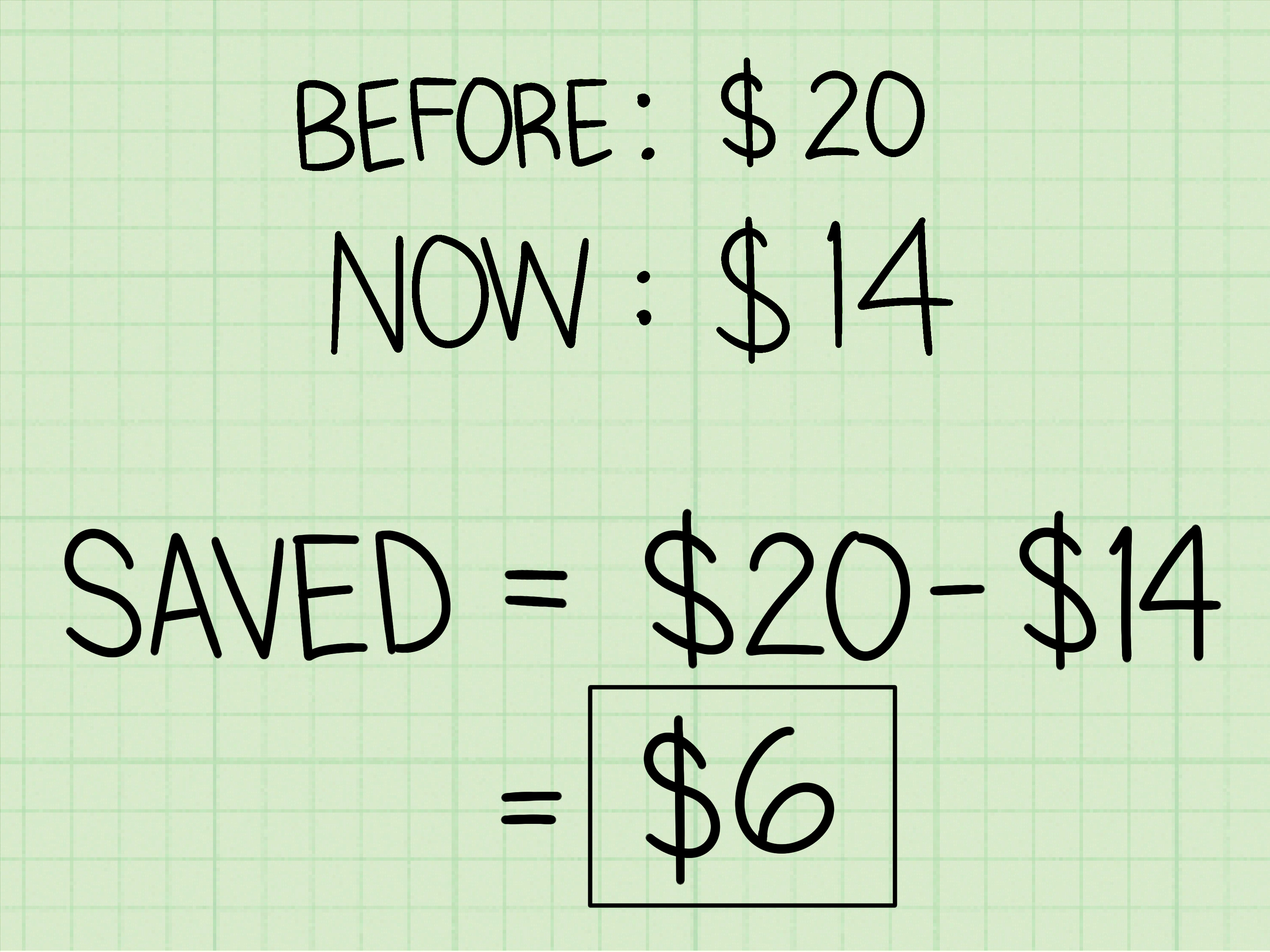 Upper airway obstruction may result due to inhaled smoke even in the absence of cutaneous burns on the face.
Upper airway obstruction may result due to inhaled smoke even in the absence of cutaneous burns on the face.
Symptoms of hypoxia and respiratory distress may be delayed, but usually occur within the first 24 hours. Progressive obstruction may occur rapidly and careful observation is necessary for early detection and intervention.
In a facial burn, injury to the eyes, nose, mouth and ears are checked and treated accordingly. Facial burns need frequent cleansing with normal saline as exudate collects below eschar and may lead to infection and a delay in the healing process. Vaseline is applied twice a day after the face is cleaned. It can be reapplied as required if the wound becomes dry.
It must be explained to the child and family that facial oedema will occur. This usually peaks 48 hours post injury. Parents often do not recognise their own children and nursing staff need to explain that this oedema resolves itself in a few days.
Eyelids and ears may be swollen, thus impairing sight and hearing. Frequent eye toilets and the use of Chloromycetin ointment is necessary until swelling subsides sufficiently.
Frequent eye toilets and the use of Chloromycetin ointment is necessary until swelling subsides sufficiently.
Lip swelling and oral burns can make it difficult for the child to maintain adequate oral intake so a Nasogastric tube may be required and NG feeds commenced and mouth toilets given.
Facial tissue is highly vascular and heals quickly. If grafting is required a specially fitted pressure mask is worn as soon as grafts are stable. The current literature supports that a face should be left no longer than 21 days to heal and that early debridement is needed.
Refer Fact Sheet on
Kids health info for parents web site:
Facial Burns
Fluid resuscitation
Not required for a burn
<10%TBSA.
Burns Resusitation fluid is given for burns >10%. Formula used: TBSA 3ml/kg/TBSA% = 24/hr total. Give 1/2 of this volume in the first 8 hrs from the time of the injury.
Maintenance fluid is administered concurrently.(not included in resuscitation fluids)
Lund and Browder chart
This assessment chart has been developed to assist health professionals to accurately calculate the percentage of burn surface area. It allows for the varying rates of growth in the head, thigh and lower leg of different age groups.
The “Rule of 9’s” is inaccurate for paediatric patients – there is a modified “Rule of 9’s” for paediatric use. The palmer method may also be used – the size of the child’s palm can be used to estimate 1% Body Surface Area.
Fluids
Please see attached a copy of the fluid resuscitation regime
A modified Parkland Formula is used to calculate Burs Resuscitation fluids at RCH.
3/kg/%TBSA – 24hr total
Half of this volume is given in the first 8 hrs from the time of injury.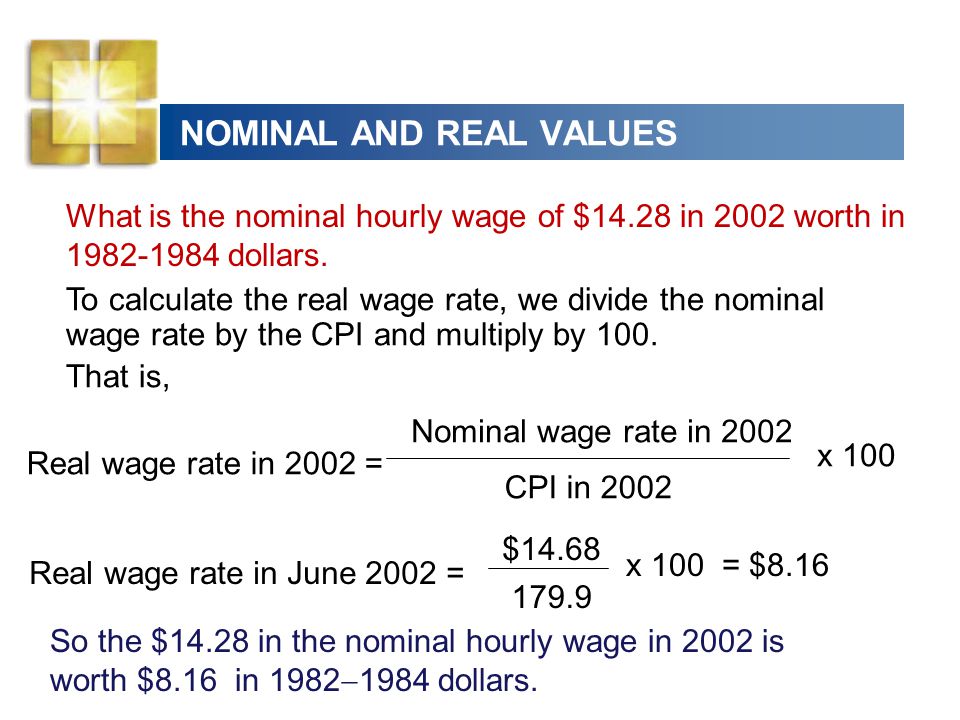
The second half is given over the next 16hrs
Fluids used at RCH are :
- N.Saline
- 5% Dextrose & N.Saline (for maintenance fluids)
- Naso-gastric feeding can replace maintenance fluids
Nutrition
Escharotomies
Full thickness circumferential burns can cause a tourniquet effect. Early elevation of the affected area can help prevent the increase of oedema. Increased blood viscosity, localised oedema, eschar formation and reduced circulatory blood volumes results in venous stasis and ischaemia may result. When this occurs an escharotomy is performed by the consultant as a prophylactic measure to reduce the likelihood of further damage to the tissues that lie distally to the circumferential eschar.
The tension within the tissues is relieved by cutting the skin with a scalpel. The wound will gape open exposing fatty tissue and some bleeding will occur. The escharotomy is dressed with Acticoat Absorbent and Acticoat to the area around the escharotomy. Then apply IntraSite conformable, plastic wrap loosely and a loose bandage.
The wound will gape open exposing fatty tissue and some bleeding will occur. The escharotomy is dressed with Acticoat Absorbent and Acticoat to the area around the escharotomy. Then apply IntraSite conformable, plastic wrap loosely and a loose bandage.
Limb observations are necessary, as is elevation to monitor the effectiveness of the escharotomy. Escharotomies are often performed in the the ward, however, if possible theatre is more appropriate.
Before the patient is transported or if 4 hours has elapsed since the injury and circulation appears compromised, the referring doctor should consider Escharotomies.
Admission to the Burns Unit
Firstly the patients are seen in emergency, wounds debrided and dressed and then transferred to Platypus or Possum Ward.
These guidelines are followed:
Smaller burns can be dressed with a closed dressing and reviewed in outpatients.

Any child >10%TBSA should have the following :
- Fluid Resuscitation
- IDC on 1hrly measures
- NG tube with feeding started within 6 hours
- Strict Fluid Balance
- Flame burns/ burns that are oozing are to be dressed with Acticoat
- Scald burns can be dressed with Mepilex Ag or Acticoat
- Any Circumferential burns to have 1 hourly Colour, Warmth, Movement and Sensation and the limb elevated
As always there are circumstances that warrant a change from these guidelines, this can be discussed with the consultant on call
When to transfer
Types of Burns Requiring Admission at The Royal Children’s Hospital
All Burns with a surface area greater than 10%, except very superficial burns.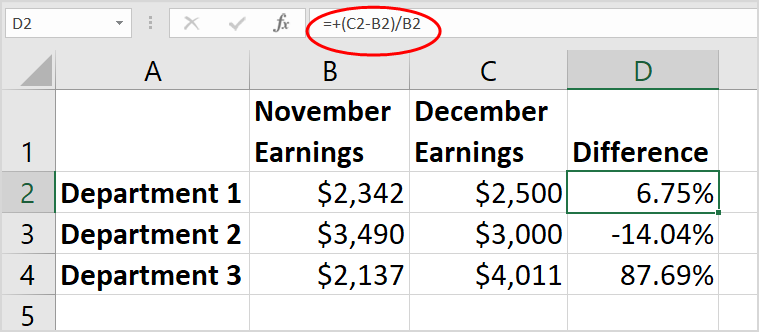
All full thickness burns except those that are extremely small. (All burns to face, ears, eyes, hands, feet, genitalia, perineum or a major joint. Even if less than 5%.)
- Electrical burns (including lightening injury)
- Chemical Burns
- Burns associated with significant fractures or other major injury, in which the burn injury poses a significant risk of morbidity or mortality
- Inhalation burns of any nature (ICU admission)
- Burns in children under the age of 12 months (emergency transfer may not be required but assessment should be made)
- Small area burns – in patients with social problems, including children at risk
- Any other patient that is deemed appropriate on consultation
Note: For those requiring admission the consultant on call must be notified.
Antibiotics
Systemic antibiotics are not routinely prescribed. They are only given when a known infection is present and they are altered according to their sensitivities. The prophylaxis use of antibiotics does not reduce the risk of infection.
In the early post burn phase, febrile episodes are common, they do not necessarily indicate infection, but they do warrant close monitoring. These episodes are usually related to large amounts of pyrogens that are released as a result of the burn injury.
A wound swab is used for diagnosing infection in burnt areas.
In theatre, when grafting, Prophylactic antibiotics are given if the patient is not already on antibiotics.
Common antibiotics used are :
- Flucloxacillin
- Gentamycin
Blisters
The care of blisters depends on their size and location.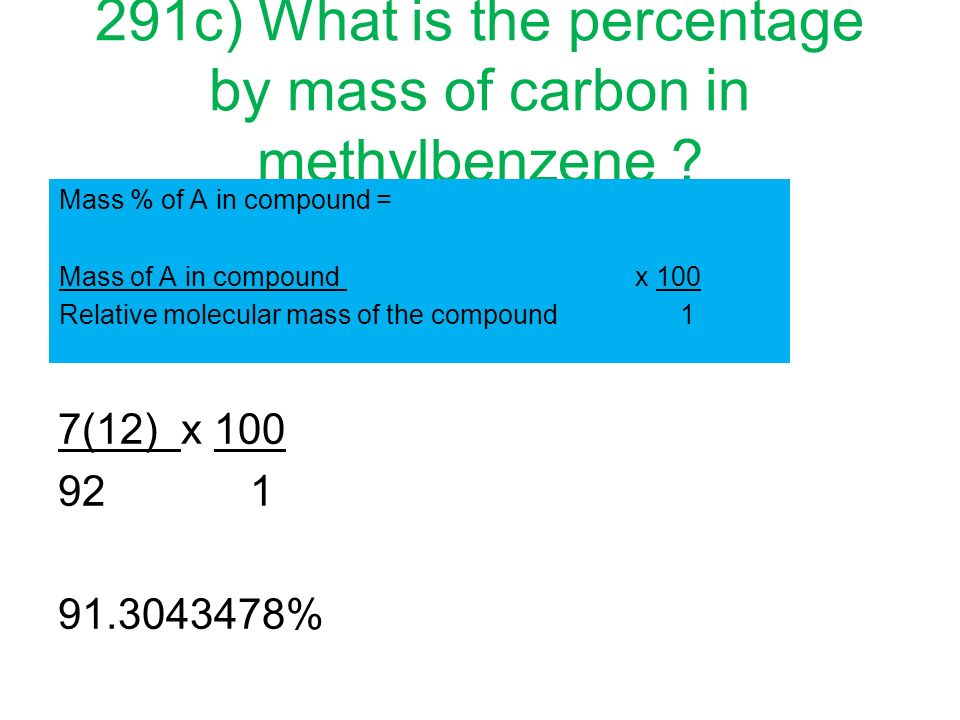
If the blisters are not large and will not obstruct the dressing, they can be left alone. The fluid within the blisters is sterile and therefore offers protection of the underlying skin.
If large bulbous blisters are present that are obstructing a dressing or restricting circulation to a limb/digit it is necessary to puncture the blister, release the serous fluid and debride the skin so that the dressing is compact and in contact with the skin.
When left intact, after a few days, if the fluid within the blister is opaque and infection is suspected, the blistered epidermis should be removed completely. Loose epidermis from broken blisters should be trimmed off if floating free. It should be noted that bleeding can occur if removal is attempted while it is still adherent.
If purulent fluid is present within a blister, it should be deroofed, and swabbed for infection. On the hand or sole, white keratin can be associated with blistering and such loose keratin (which has no sensation) can be excised if floating free.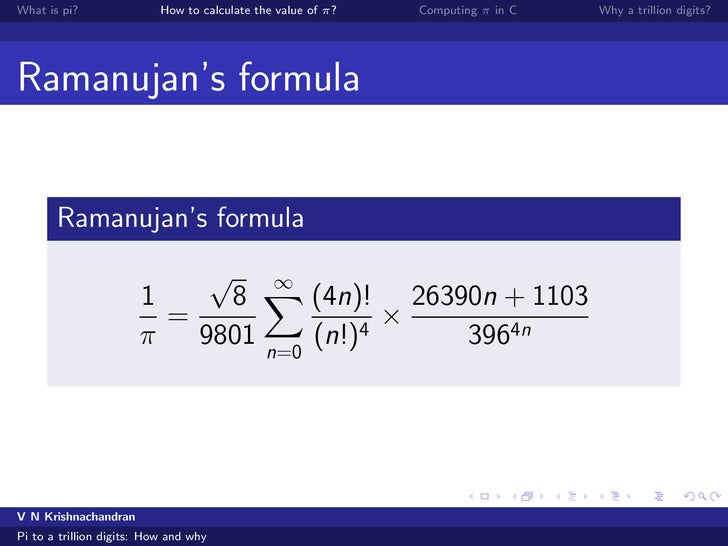
Non accidental injuries
ERC are on call to have photos taken, please page them through switch (anytime)
Where to get more information
Burn Rate & Cash Runway Calculator
Burn rate is a measure of how quickly a business is losing, or burning through, money. This is a particularly important metric for startups and venture-backed businesses that might be operating at a loss intentionally, investing more than they’re earning back into the business.
This calculation helps business owners understand how long they can continue to operate at this rate before running out of money, which is called the cash runway.
To calculate your own burn rate, you’ll want to look at your cash balances over a period of time, which are best found on past cash flow statements. If you want to see your burn rate based on last quarter’s spending, for example, input the cash balance you had at the beginning of the quarter, the balance at the end of the quarter, and the number of months (three in this case).
The number provided is the rate at which you are depleting your cash stores each month. If you are making more money than you’re spending, the rate will be negative.
How to Calculate Burn Rate
The calculation for burn rate is straightforward, especially with a cash flow statement on hand. The formula is simply:
Burn Rate = (Starting Balance – Ending Balance) / # Months
Let’s say that your startup has just raised $1 million in funding from investors. Congratulations! You now have the capital you need to make some big investments into your business, whether that means hiring more employees, purchasing an expensive piece of equipment, changing offices, or all three.
As you begin to spend that money, you will start to see your cash balances deplete. As a business, you’ll want to be strategic about what you spend money on and when you might seek more fundraising. So keeping an eye on burn rate will be paramount to making sure your cash reserve isn’t shrinking too quickly.
Let’s say that your business already had $200,000 in the bank before the investor funding was received. This brings your starting cash balance to $1.2 million. After three months, you check back in and see that your cash balance has dropped to $900,000. According to the burn rate formula, your business is losing $100,000 per month.
($1,200,000 – $900,000) / 3 months = $100,000/month
The key to calculating burn rate is to choose a period that is long enough to deliver an accurate average. If you calculate burn rate using data from only one or two months, any fluctuations in spending may give you an inaccurate read on how quickly you are, in fact, spending money.
Using the above example, if your business spent only $50,000 in the first month and $125,000 in each of the following two months, calculating burn rate from the first month alone would give you an unrealistic view of how long your cash would last. For that reason, it’s important to recalculate burn rate each month and to use a long enough time period to ensure accuracy.
There are also variations on the burn rate calculation that can give additional insight into your spending.
Gross Burn
Gross burn shows how much your business spends on operating expenses alone. Operating expenses include things like payroll, rent, and taxes. This metric relies on the assumption that your business is not generating a positive cash flow. If the business above, for example, is spending $40,000 per month on salaries, rent, and utilities, the gross burn rate would be $40,000 per month.
Net Burn
Net burn rate takes revenue into account (if your business has generated any), but it still only looks at a single month. To calculate, simply subtract your revenue from all spending and expenses over a month. This will leave you with how much money was lost that month.
Investors may ask specifically for these metrics when deciding whether to invest in your business or not. However, most business owners trying to understand the state of their finances will opt to calculate their overall burn rate instead.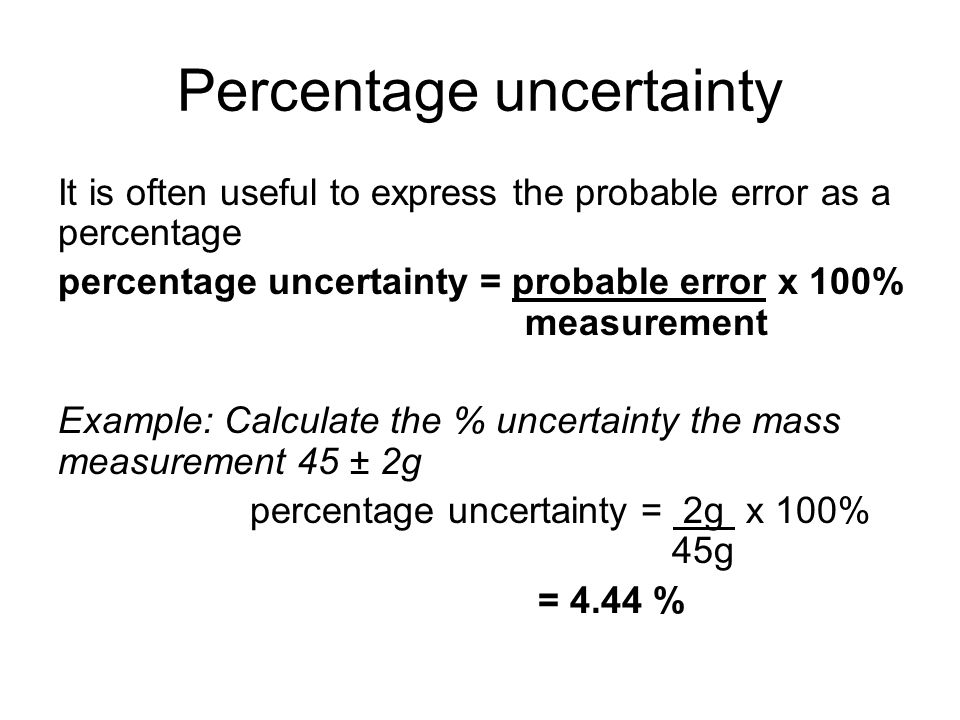
Put your accounting on autopilot.
Why Does Burn Rate Matter?
Burn rate is an important metric for both startups and established companies to measure on a regular basis, though their reasons for reviewing it may not be the same. Startups focused on putting investor money to good use don’t share the same concerns around burn rate as established companies or small businesses worrying about staying afloat.
Startups and Burn Rate
Startups, especially those in high-growth industries, often take years to become profitable on their own, relying instead on venture-backed investments to fuel their development and growth. Many startups will go through several rounds of funding on their road to profitability, often receiving a larger sum of money with each successful round.
In between rounds, they’ll start spending that money on initiatives that will (hopefully) yield profit down the line. How they choose to spend the money and how much they spend varies from startup to startup. However, future investors will be watching closely.
However, future investors will be watching closely.
Burn rate signals to investors whether a business is too free or too constrained with their spending. Spending too slowly may raise red flags that the business is afraid to invest aggressively or that growth may not happen as quickly as they’d prefer. Spending too quickly, on the other hand, may make investors question leadership’s ability to properly manage funds.
In addition to investor optics, burn rate can help startups plan ahead for when they’ll need to seek new funding. The average time between rounds of funding tends to be 12-18 months, meaning that (in most cases) each new round should sustain a startup for at least 1-2 years. Keep in mind that it can also take some startups 6-9 months to secure new funding. So once funding is secured, there may only be a few months before startups need to hit the fundraising trail again. Burn rate will help you know when it’s time to get back out there.
Established Businesses and Burn Rate
Those businesses not in the process of seeking venture capital funding should still monitor burn rate if they find themselves operating at a loss.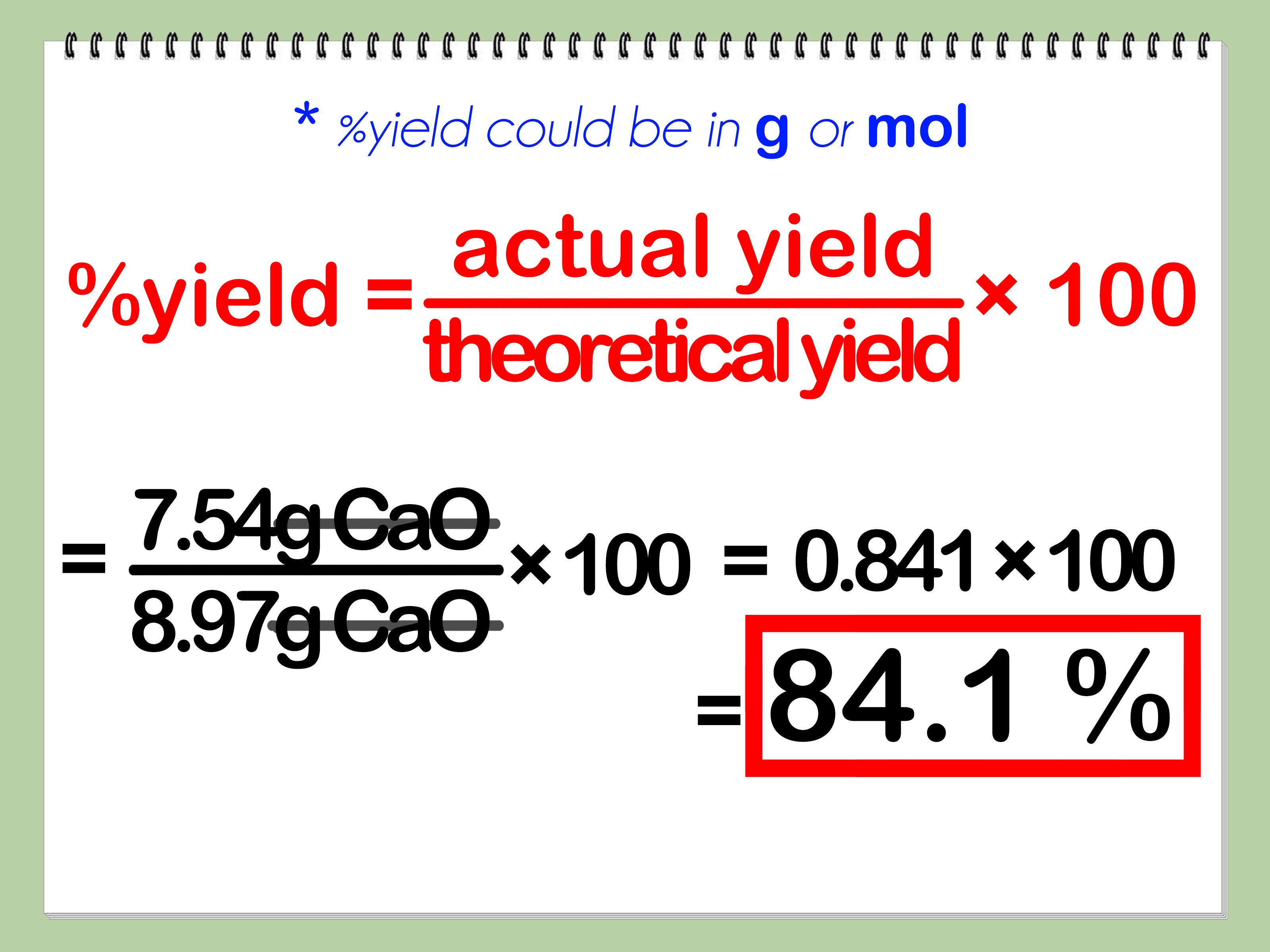 Burn rate, along with cash runway, can help these businesses understand how long they can continue to operate at a loss before shutting their doors. In other words, it sets the stakes for how urgently they need to find a solution and increase revenue.
Burn rate, along with cash runway, can help these businesses understand how long they can continue to operate at a loss before shutting their doors. In other words, it sets the stakes for how urgently they need to find a solution and increase revenue.
Improving Burn Rate Metrics
If you’re a startup and realize that your burn rate is too high or if you’re a small business trying to rebound after a few tough months, here are a few steps to take to help decrease your burn rate (or eliminate it altogether).
- Study your financial reports. Gather the last few months’ financial reports and spend some time digesting them. Did any changes in revenue or spending occur? Can you pinpoint when they happened and in what area of the business? Your financial reports can reveal a great deal when reviewed closely.
- Reduce costs. For startups especially, this is the most useful lever to pull to adjust burn rate. Review your COGS and operating expenses closely to look for extraneous spending that could be cut.

- Sell assets. Take a close look at your assets. Is there anything that could be liquidated for additional cash? For instance, if you have three delivery vans but really only need two, consider selling the third.
- Increase revenue. For small and well-established businesses, finding ways to increase revenue will be a better long-term fix than simply reducing costs. Examine your marketing and sales processes and test out some new ideas before resorting to selling assets or cutting expenses.
Using Burn Rate to Determine Your Cash Runway
Burn rate is a key factor in determining cash runway, or how long your business can continue to operate at that rate before hitting zero dollars in the bank.
The formula for cash runway is simply:
Cash Runway = Current Cash Balance / Burn Rate
Looking back at our previous example, if our startup has $900,000 in cash remaining and has a burn rate of $100,000/month, we’ve got 9 months of runway—or nine months until we run out of cash.
Since most startups are dealing with larger sums of money, let’s imagine a larger-scale example as well. Startup, Inc. has just raised $10 million, bringing their cash balance to $11.5 million overall. Over the next three months, they go on to lose $250,000, $300,000, and $275,000, respectively.
In order to calculate Startup, Inc’s burn rate, we would first need to calculate their total losses ($250,000 + $300,000 + $275,000), which gives us $825,000. This means that, after three months, they have $10,675,000 left in the bank.
Next, we’ll insert the relevant numbers into our burn rate formula.
(Beginning Balance – Ending Balance) / # of Months
($11,500,000 – $10,675,000) / 3 = $275,000
Knowing that Startup, Inc. is spending $275,000 per month, we can now calculate their cash runway.
Current Cash Balance / Burn Rate
$10,675,000 / $275,000 = 38.81 months
At the rate they are spending, Startup, Inc.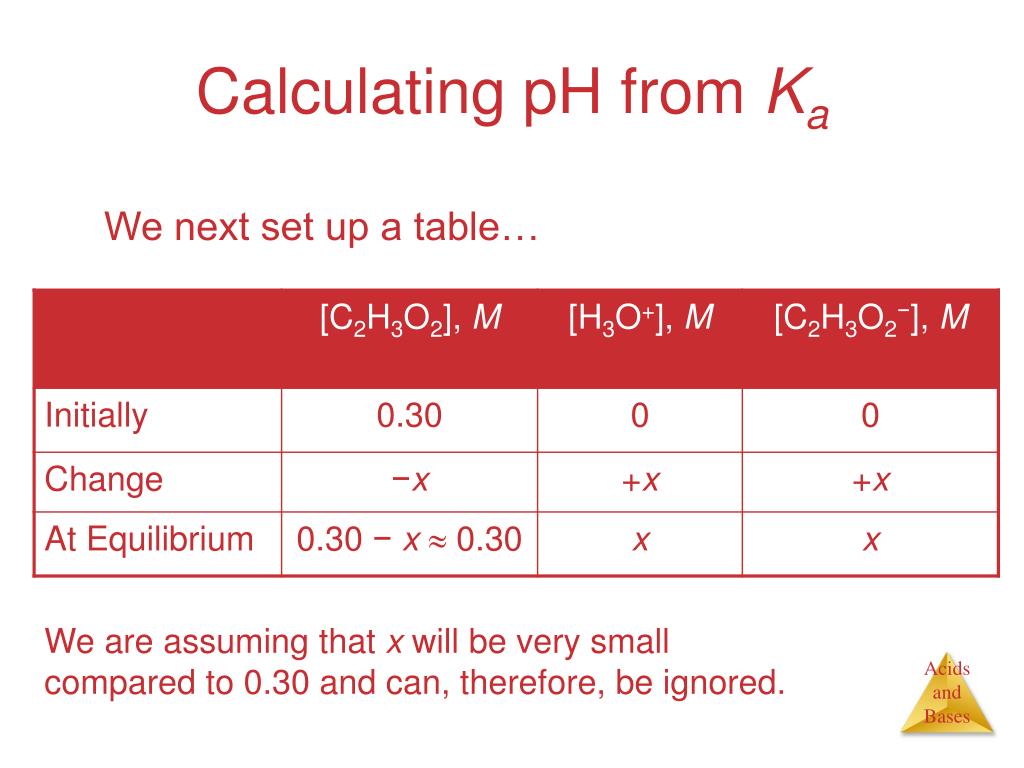 has a cash runway of just under 39 months. Knowing that most startups will seek more funding within a year, this number should signal to leadership that they should probably increase spending and invest in some initiatives to help drive them toward profitability.
has a cash runway of just under 39 months. Knowing that most startups will seek more funding within a year, this number should signal to leadership that they should probably increase spending and invest in some initiatives to help drive them toward profitability.
Burn rate and cash runway go hand-in-hand for startups. Together, these metrics give businesses a clear understanding of how quickly they are losing money, how long they can continue to do so, and whether they need to make adjustments to hit their goals.
Put your accounting on autopilot.
Knowing Your Burn Rate
For any business that is not generating a profit, calculating burn rate and cash runway is a valuable exercise. However, for startups with an eye on the future and a desire to seek more funding, knowing your burn rate is essential to establishing your spending strategy and reaching your goals.
Ready to learn how ScaleFactor can help you monitor your cash and plan for the future? Get a live demonstration of our software and speak to an expert today.
90,000 Burns: classification, consequences, first aid
Thermal skin burns are more common than others.
Chemical burns of the mucous membrane of the eyes, mouth, esophagus, stomach, respiratory tract, skin and other organs. arise as a result of the ingress of acids, alkalis and other toxic substances on them.
Radiation burns result from exposure to ionizing radiation.
Depending on the depth of tissue damage, four degrees of thermal burns are distinguished:
I degree – hyperemia (overflow with blood) and swelling of the skin;
II degree – blistering;
IIIIA degree – skin lesion, in which, under favorable conditions, independent epithelialization of the burn is possible – new skin forms on the affected areas;
SB degree – necrosis (death) of all layers of the skin;
IV degree – damage other than the skin of the subcutaneous tissue, muscles, bones.
Burns of I, II and III degrees are superficial burns, burns of III and IV degrees are deep.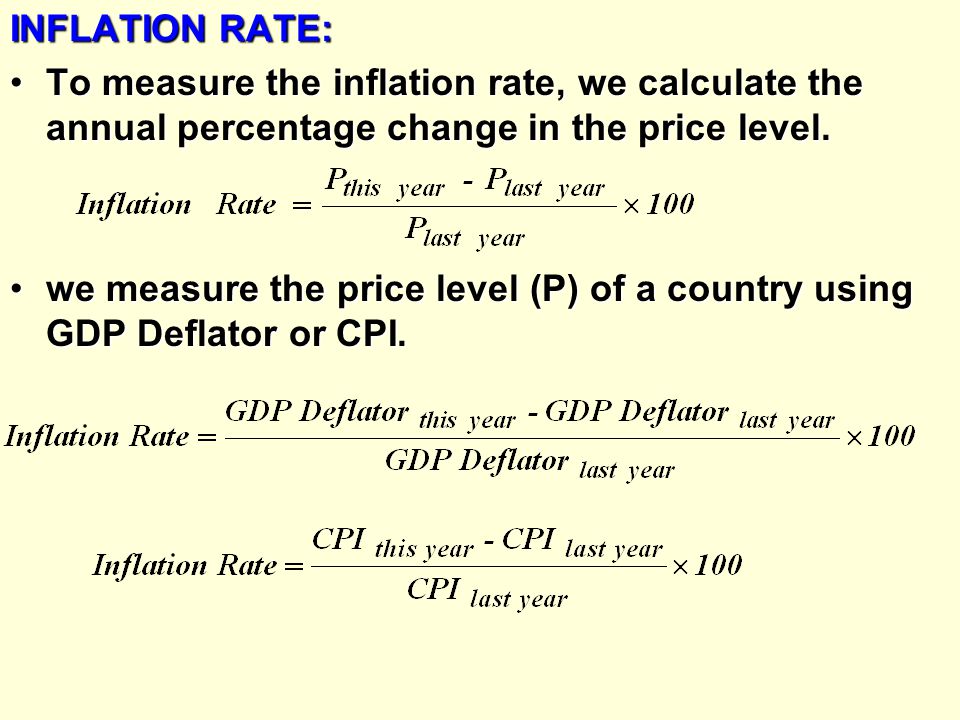 Most of those affected usually have a combination of burns of varying degrees.
Most of those affected usually have a combination of burns of varying degrees.
Deep burns are characterized by a change in skin color (deathly pale color, charring) and tissue compaction with the appearance of a pronounced pattern of saphenous veins. With deep burns, pain and tactile (tactile) sensitivity is lost. Superficial burns are accompanied by severe pain.Most often, the depth of the burn can be established only after five to seven days, since these days there is a deepening of necrosis in the burn zone.
The area of the burn is usually expressed as a percentage of the total surface of the skin. The most widespread methods of determining the area of burns – the rule of “nines” and the method of the palm. According to the rule of nines, the surface of the head and neck is 9%, the upper limb is 9%, the front surface of the trunk is 18%, the back of the trunk is 18%, the lower limb is 18%, the perineum and external genital organs are 1% of the entire surface of the body. …
…
The area of the palm of an adult is approximately 1% of the total surface of the body. With limited lesions, the area of the burn is measured with the palm, and with large lesions, the area of unaffected areas of the body.
If the area of the II-III-IV degree burn exceeds 10-15% of the body surface, the victim develops a burn disease. Its severity depends on the area and depth of the burn, the age of the victim, the presence of complications and concomitant diseases.
During burn disease, four periods are distinguished – burn shock, acute burn toxemia, burn septicotoxemia and convalescence.
Burn shock develops with a thermal burn that affects more than 15% of the body surface, and in persons over 60 years of age – with less extensive lesions. It is characterized by the appearance of edema (especially pronounced in the burn zones), a decrease in the volume of circulating blood, its thickening and a slowdown in blood flow.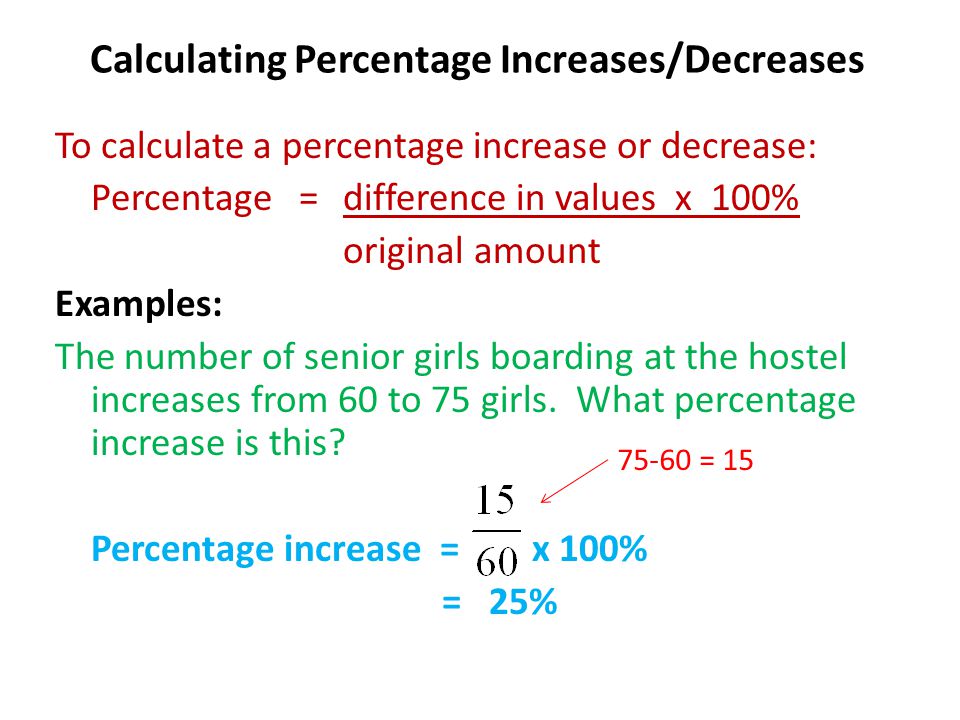
Circulatory disorders cause dysfunctions of internal organs, primarily kidneys and liver, as a result of which the victims often develop acute renal failure, and sometimes liver failure.Blood pressure may increase, tachycardia is noted.
The body temperature is lowered. Vomiting and thirst are often observed. The course of the burn shock worsens with cooling of the patient, late and incorrect anti-shock therapy, long-term transportation. The duration of the burn shock ranges from several hours to two to three days.
Acute burn Toxemia develops as a result of ingestion of protein breakdown products and toxic substances from the burn surface.The beginning of this period is characterized by the onset of fever. Tachycardia, poor appetite, sometimes vomiting, insomnia are noted, which remain especially pronounced in the first 10-14 days after the burn. In an extremely severe course of burn toxemia, signs of acute psychosis come to the fore, manifested by disorientation, agitation, hallucinations and delirium.
With burns septicotoxemia , suppuration of wounds and rejection of a burn scab occur. Purulent-resorptive fever with daily temperature ranges of 2-2.5 degrees, insomnia, lack of appetite, weight loss are observed.In severe cases, septicotoxemia is complicated by pneumonia, erosive and ulcerative lesions of the gastrointestinal tract, hepatitis, sepsis.
An extremely serious complication is burn exhaustion, which is manifested by the cessation of recovery processes and progressive necrosis in wounds, sharp weight loss, anemia (anemia). Burns are often fatal. Sometimes purulent inflammation of soft tissues, erysipelas, thrombophlebitis, phlegmon, arthritis develop.
In the fourth period – convalescence – there is a gradual healing of burn wounds, engraftment of skin grafts (transplanted areas), restoration of the function of internal organs, hematopoietic system, metabolic processes and more.
First aid for burns – cessation of the effect of the damaging factor.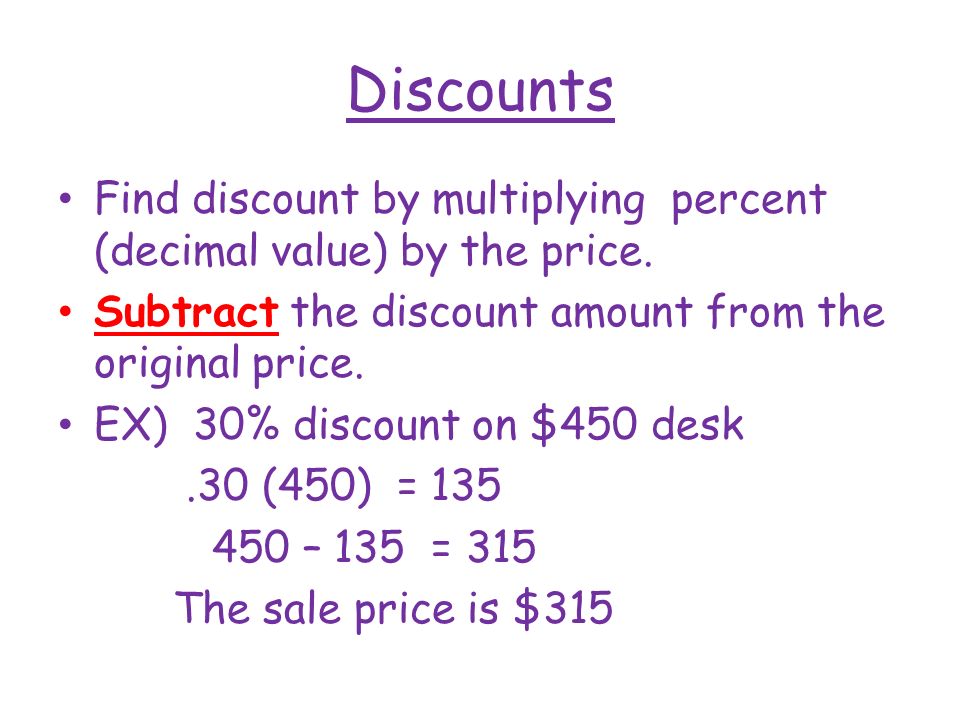 In case of minor burns of I and II degrees, you should hold the burned area in cool water or apply a wet cold compress. The action of cold water helps to stop the process of damage to skin and tissues.
In case of minor burns of I and II degrees, you should hold the burned area in cool water or apply a wet cold compress. The action of cold water helps to stop the process of damage to skin and tissues.
Cover all burns with a clean, dry cloth and can be used over-the-counter to relieve pain and irritation.
In case of burns by a flame, extinguish the burning clothes, take the victim out of the zone of high temperature; in case of burns by hot liquids, molten metal – quickly remove clothing from the burned area.
It is advisable to immerse the burned areas of the body in cold water or wash with a stream of water from the water supply for 5-10 minutes.
If the burn area exceeds 15% of the body surface, it is necessary to give the victim to drink at least 0.5 liters of water with baking soda and table salt – 1/2 teaspoon of baking soda and one teaspoon of salt per liter of water.
Aseptic dressings should be applied to the burned surfaces, the victim should be urgently taken to a hospital.
In order to prevent disability and death of persons with severe burns, the specialized care provided to them must be appropriate for the severity of the injury. There are three levels of such care – in non-specialized hospitals, in burn departments and in burn centers.
Non-specialized medical institutions provide assistance to people with moderate burns. It is provided in hospitals that do not have special equipment for treating burns, but have one or more experienced doctors on the staff to deal with this problem.
As the severity of burns increases, specialized care is needed in burn departments and centers that are equipped with the necessary equipment.
The material was prepared on the basis of information from open sources
Methods for determining the area of the burn
1). The rule
palms (I.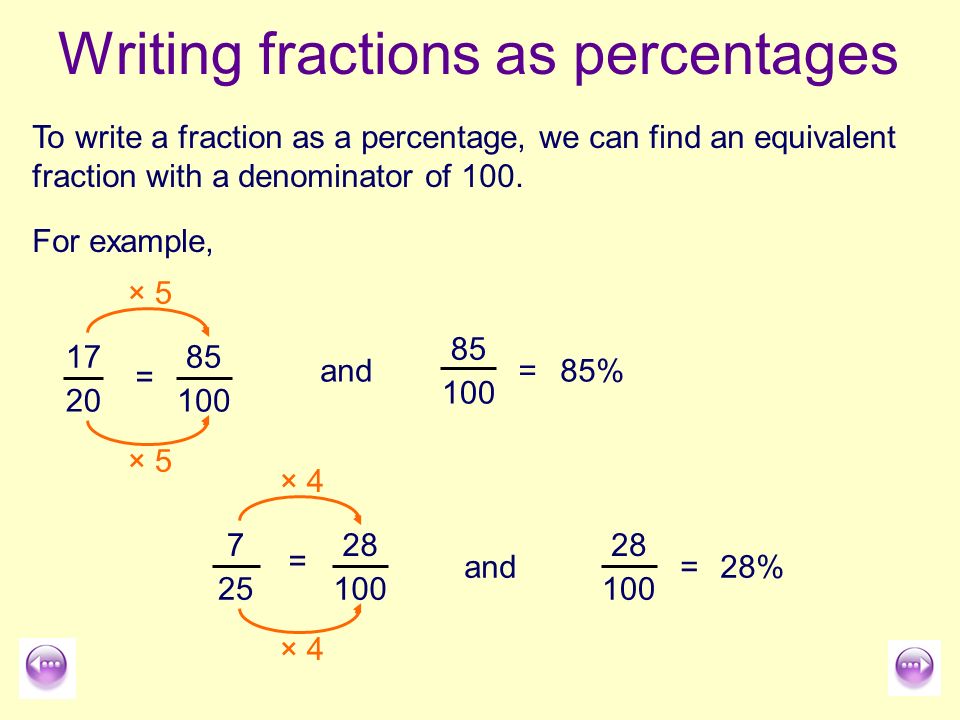 I.Glumov’s method) is applied
I.Glumov’s method) is applied
for evaluating minor burns: area
palms of a person = 1% of the area of his body.
2). The rule
“Nines” (Wallace’s method) is applied
for extensive burns: head and neck = 9%
body area, arm = 9%, thigh = 9%, lower leg
with a foot = 9%; and back = 18%, chest with belly
– 18%.
3). Method
Postnikov : the surface of the burn is circled
on plastic wrap, after which
calculate the area on a special
graph paper.
4). Scheme
G. D. Vilyavina is intended for both
documentation, and for calculating the area
burn and is a contour
front and back surfaces of the body, with
this burns of various depths
are indicated by different colors (I degree
– yellow, II – red, IIIA – blue
stripes, IIIB – solid blue, IY –
black).
Possible
combination of methods (for example, a combination
palm rules and nines rules).
Area
a child’s burn can be calculated from
using the table:
Body area | Area | ||
up to 1 year | from 1 year to | 6 to 12 years | |
Head Upper Front trunk Lower | 21 9 16 14 | 19 9 15 15 | 15 9 16 17 |
Present
time often use the formula
designations of burns according to Yu. Y. Dzhanelidze :
Y. Dzhanelidze :
in the numerator of the fraction indicate the area
lesions in percentage (while in brackets
Is the percentage of deep burns), and in the denominator
– the degree of the burn. Also, before the fraction
indicate the etiological factor, and
after it – the affected area.
Burn disease General disorders in the body are observed with extensive and deep burns and are called burn disease.
Burn
disease in young and middle-aged people
age develops with damage
deep burns of more than 15% of the surface
body, in children and the elderly, it can
observed even with a smaller area
deep burn, limited to 5-10% of cutaneous
cover.
During burn disease, 4 stages are distinguished:
1).
Burn shock (first 3 days)
– occurs
for deep burns with an area of 15-20%
body surface.
In its development
2 mechanisms play a role:
Irritation
a large number of nerve endings.
This causes arousal of the sympathetic
the nervous system, leading to spasm
vessels, redistribution of blood and
decrease in BCCAt
thermal injury is relieved
a large number of inflammatory mediators,
what causes severe plasma loss,
hemolysis, microcirculation disorder,
water-salt balance and kidney function.The blood is deposited in
internal organs. Through the burn
the surface is strongly evaporating
water.
BCC deficit
leads to hypoxia and the development of acidosis. IN
as a result of falling blood pressure,
retention of urine, which leads to the development
uremia.
Differences
burn shock from traumatic :
More
long and pronounced period of excitement
(erectile phase).Absence
blood loss.Expressed
plasma loss.Hemolysis.
HELL decreases
somewhat later.
According to clinical
the flow is distinguished by 3 degrees of burn
shock :
Burn
shock I degree (at
burns 15-20% of the body surface) is characterized by
agitation, mild tachycardia before
100 per minute, oliguria may develop.
Burn
shock II degree (with damage to 20-60% of the body surface)
characterized by lethargy,
tachycardia up to 120 per minute, falling blood pressure
up to 80 mm Hg.Art., a decrease in urine output up to
before anuria.
Burn
shock III degree
(if more than 60% of the surface is damaged
body) is characterized by extremely severe
condition: severe lethargy,
pulse threadlike up to 140 per minute, blood pressure
decreases below 80 mm Hg, which leads to
decreased blood supply to internal
organs, acidosis, hypoxia and anuria.
Characterized by the development of acute gastrointestinal ulcers
(Kurling’s ulcers). Body temperature often
Body temperature often
decreases to 36 about C and below.
2).Burn toxemia (3-15 days)
– characterized by
intoxication (nausea, pallor of the skin,
tachycardia, heart failure,
psychosis) associated with the accumulation in
blood of decomposition products of a burn wound:
Nonspecific
toxins: histamine, serotonin,
prostaglandins, products of hemolysis.Specific
burn toxins: glycoproteins with
antigenic specificity, “burn”
lipoproteins and toxic oligopeptides
(“Medium molecules”).
3).
Burn septicotoxemia (layered
to the stage of toxemia, starting from the 4-5th day)
– starts from the moment
rejection of a burn scab, tk. This
creates conditions for the development of infectious
complications – wound suppuration, pneumonia,
phlegmons, etc. In patients with extensive
burns can develop sepsis. Period
septicotoxemia usually lasts about 2
weeks (until the burn
wound).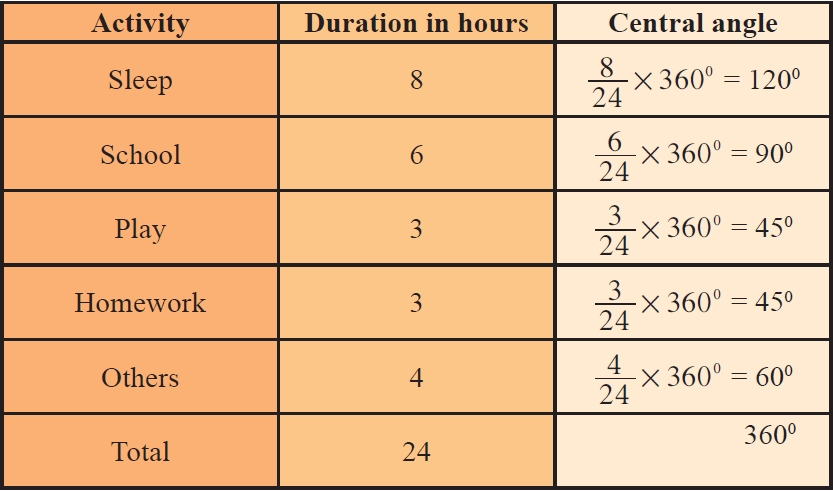
Reasonable
divide the stage of septicotoxemia by 2
period:
From start
peeling off the scab until it is completely cleared
wounds.Patients have a decrease
appetite, high fever, tachycardia,
anemia, toxic
hepatitis, pyelonephritis.Phase
granulating wounds. This phase is characterized by
the emergence of various infectious
complications: pneumonia, acute gastrointestinal ulcers
(more often in the duodenal bulb and antrum
stomach). Generalization possible
infections – burn sepsis (early –
before cleansing the burn wound or late
– after cleansing).
Umbrella burn – How to protect yourself from hogweed
One of the serious summer threats is severe skin lesions that occur when in contact with hogweed.What to do if hogweed juice gets on the skin? How to be treated at each stage so that the recovery is faster and there are no traces on the skin? Natalya Agulova, a dermatovenerologist at the Pirogov Center (CDC Izmailovsky), told Rossiyskaya Gazeta about this.
First aid, if the plant sap gets on the skin
First of all, you need to immediately blot the juice with a napkin or cloth, just get wet without rubbing, otherwise the lesion site will increase. The second step is to quickly cover the area with tight clothing or a bandage to protect it from sunlight.The third is to immediately move into the shade, or better – into the room. You also need to rinse this area of the skin with water and laundry soap as soon as possible (you can also use boric, tar). Wash thoroughly, with abundant lather, rinsing several times with lukewarm water (not hot or cold).
What to do next
Important advice: Avoid the sun for three to four days after contact with the plant. The hogweed juice contains poisonous substances – coumarins and furocoumarins. They suppress resistance to ultraviolet light, increase the sensitivity of the skin to the sun’s rays and result in burns.
If we quickly washed off the juice and did not go out into the sun – there is every chance to prevent skin damage.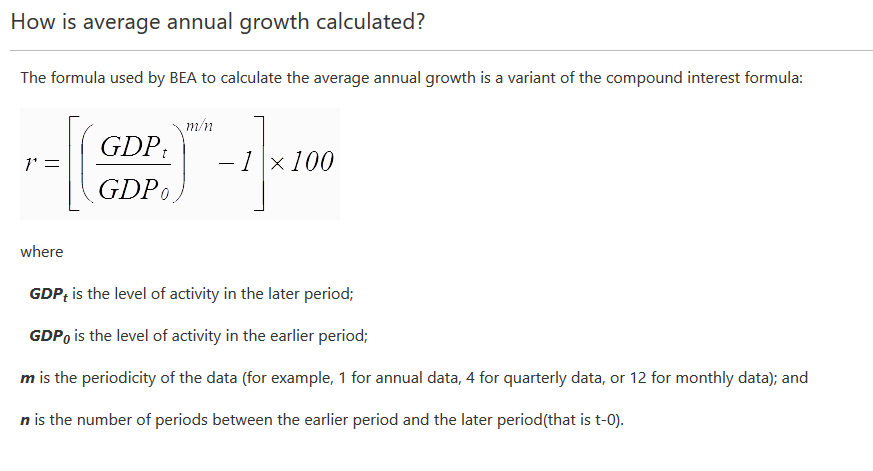 Otherwise, burns still occur.
Otherwise, burns still occur.
Stages of skin lesions
Within 30 minutes -1.5 hours after exposure to the juice in the place where it got, itching begins, the skin becomes inflamed, hyperemia occurs. Painful blisters develop later. They can be serous – filled with a clear liquid, and sometimes even mixed with blood.
After a few days, the blisters burst and a wound surface is formed, and sometimes ulcers.
Despite the beauty of the hogweed and the pleasant smell of flowers, this plant is very dangerous.
The healing period is long – it can last from two to three weeks with a small lesion to several months. And even if the restoration of the skin took place without complications, dark pigmented spots remain at the site of the burn for several months.
Therefore, it is important to be treated correctly at every stage.
Step-by-step help
1. The first stage is inflammation. The affected area itches, swells, then blisters begin to appear.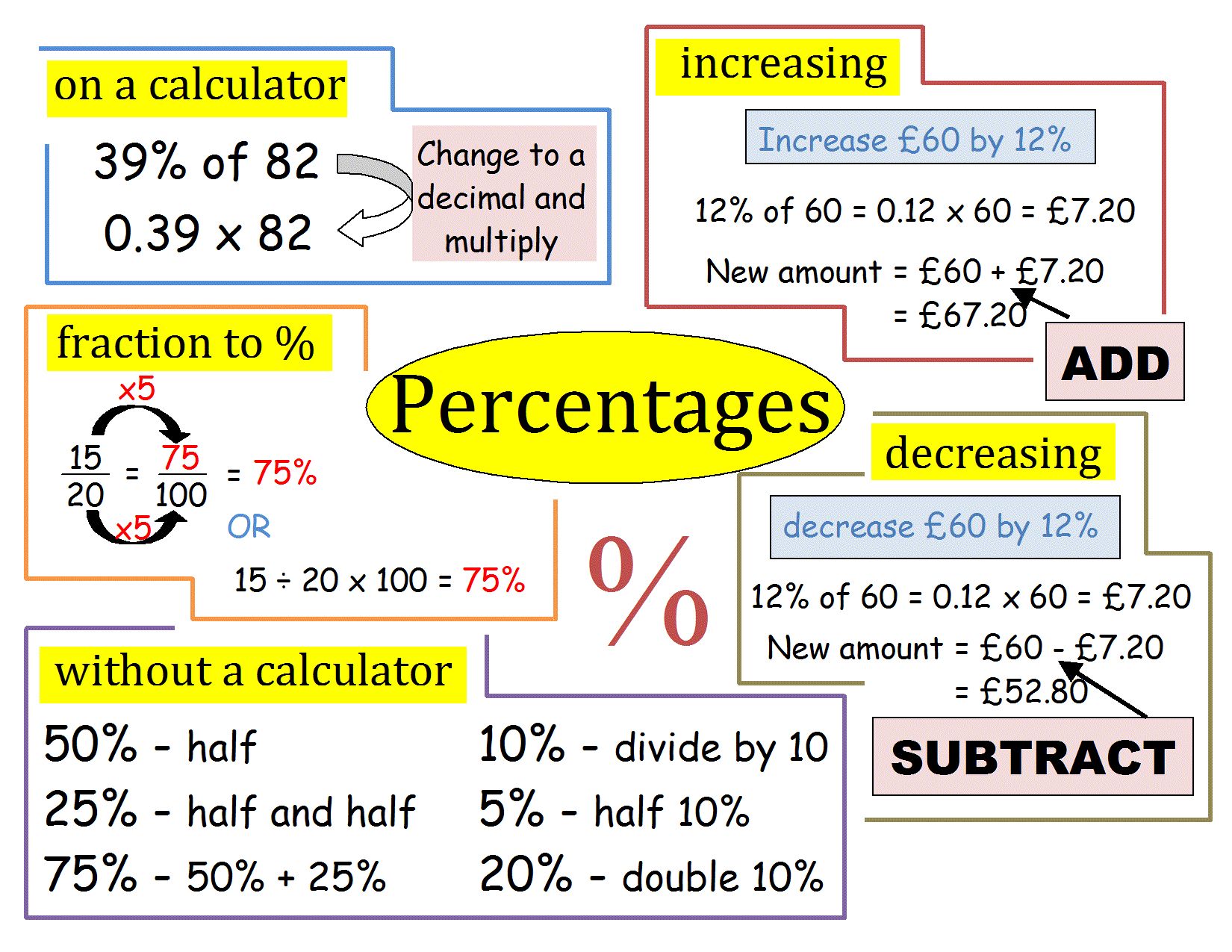
As soon as itching arose at the site of contact with the juice, and it became clear that it was not possible to avoid skin lesions, you need to start taking an antihistamine. Hogweed juice is a strong allergen, it irritates certain receptors and antiallergic medications are needed to relieve intoxication and itching. We take the medicine for several days – until the allergic reaction disappears.
Before blistering occurs, the affected skin is treated in the same way as for a conventional thermal burn. You can use any ointments or aerosols for burns: it can be panthenol, olazol aerosol or branolind ointment dressing – carefully lubricate the damaged area or apply a bandage with ointment.
When bubbles appear, you cannot open them yourself. The risk of infection is high. If the bubbles burst, we have an open, weeping wound surface. At this stage, it is correct to make antiseptic lotions – for example, with oak bark, furacilin, and also use antibacterial ointments – for example, synthomycin liniment, levomekol, baneocin, in order to prevent wound infection.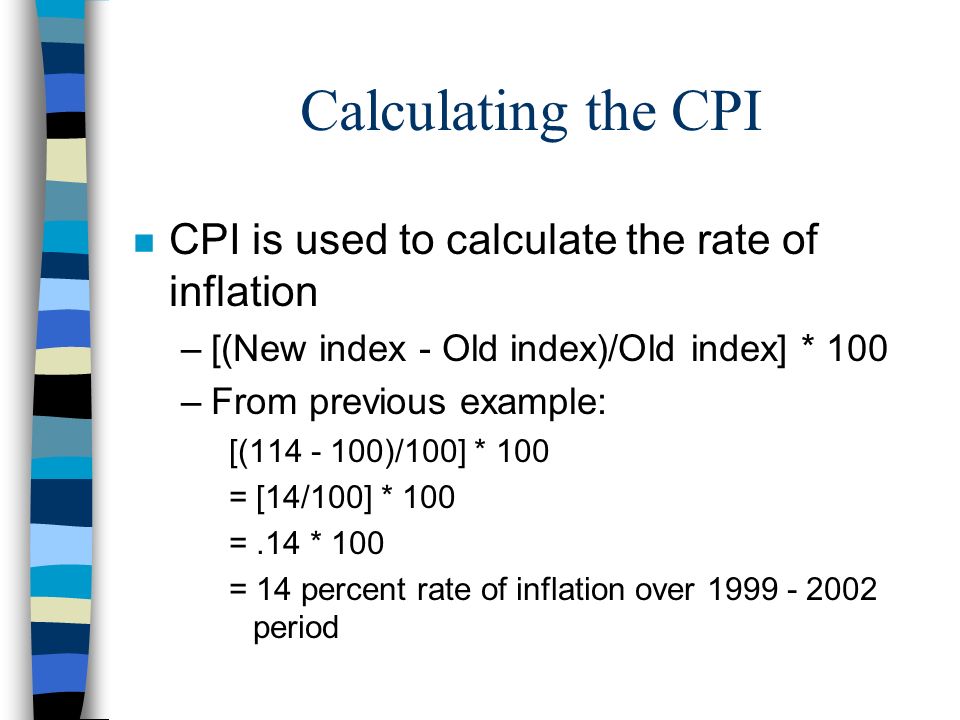
2. The second stage – skin regeneration, restoration. This is the longest period.It is important how the healing proceeds – it depends on whether there will be scars or scars on the skin. During this period, in order to prevent scarring, it is good to use special ointments with silver ions – for example, argosulfan, dermazin, ebermin, etc.
3. The third stage is epithelialization, when a new young skin is formed. During this time, it is important to prevent re-injury. We apply healing epithelial agents. We again use ointments with panthenol, solcoseryl.
How long will dark spots remain
As for pigmentation, spots after a hogweed burn remain for several months.At a minimum, they will have to be endured until the fall, since treatment is possible only when the active sun leaves. The affected areas, even after recovery, remain sensitive to ultraviolet light – so if, for example, you go to the sea, your skin must be protected with sunscreens.
Is it possible to use “grandmother’s” means
As for home remedies – you cannot treat the burn site with alcohol, you do not need to smear with sour cream, kefir. Big misconception and oil treatment: an impenetrable lipid film forms on the skin.It creates a vapor effect – it is an excellent environment for secondary flora to join and infection. As a consequence, this can lead to purulent or purulent-necrotic complications.
Big misconception and oil treatment: an impenetrable lipid film forms on the skin.It creates a vapor effect – it is an excellent environment for secondary flora to join and infection. As a consequence, this can lead to purulent or purulent-necrotic complications.
The defeat of the hogweed is serious
The burns of the hogweed should not be taken lightly. Suffice it to say that if more than 80 percent of the skin is affected, it is fatal.
More than 70 species of hogweed are known, of which 10 are conditionally poisonous and only one poisonous is Sosnovsky’s hogweed.It is he who is widespread in the Moscow region and other regions. It is with him that summer residents have to fight.
The easiest way to prevent damage is to avoid contact with the plant. If the hogweed grows in your area, you need to study the appearance, show the plant to the children, explain to them that it is dangerous.
It is necessary to uproot, mow down the plant to prevent its aggressive spread.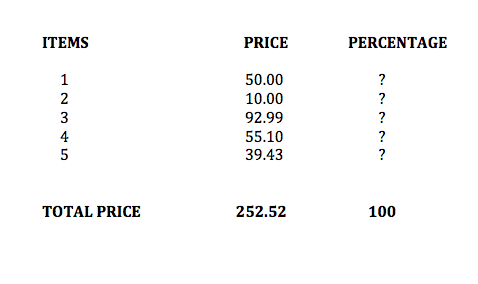 But at the same time, use all means of protection: wear tight clothing, rubber gloves, protect your face with a shield and eyes with glasses.It would be nice to use a respirator too. After all, plant pollen is also a strong allergen.
But at the same time, use all means of protection: wear tight clothing, rubber gloves, protect your face with a shield and eyes with glasses.It would be nice to use a respirator too. After all, plant pollen is also a strong allergen.
After work, you need to take a shower with laundry soap, wash your clothes.
* This is an expanded version of the text published in the “RG” issue
Zaporozhye news – the latest news from Zaporozhye today at 061.ua
Our professional team is working tirelessly and fruitfully so that you can be the first to know the news of Zaporozhye, as well as what happens outside the beloved town.Reporters of the Internet portal, only hearing about what happened in the city, this or that event, immediately rush to the very epicenter. Despite the fact that the city is large enough in size, you can find out the latest news firsthand by simply typing the address in the search bar and visit our website. Agree that it is quite difficult to work as a reporter today, and sometimes even dangerous for your own life. It is necessary both day and night to keep track of what news of the city is currently fresh and relevant.Therefore, our staff includes the most professionals in their field. We are making great efforts to ensure that when you visit us, you will never again be able to pass by. Of course, our site staff are also ordinary citizens. And they do not always manage to track all the events in Zaporozhye. We have a small request: if you have relevant and useful information, tell us about it. We will be grateful to answer any of your feedback and will be incredibly happy to publish your video or news.Every detail is important to us, which helps to interest our beloved readers. After all, the inhabitants of our magnificent city of Zaporozhye should be aware of everything that happens in their native land. Do not doubt! You can see the most interesting news by visiting our website.
It is necessary both day and night to keep track of what news of the city is currently fresh and relevant.Therefore, our staff includes the most professionals in their field. We are making great efforts to ensure that when you visit us, you will never again be able to pass by. Of course, our site staff are also ordinary citizens. And they do not always manage to track all the events in Zaporozhye. We have a small request: if you have relevant and useful information, tell us about it. We will be grateful to answer any of your feedback and will be incredibly happy to publish your video or news.Every detail is important to us, which helps to interest our beloved readers. After all, the inhabitants of our magnificent city of Zaporozhye should be aware of everything that happens in their native land. Do not doubt! You can see the most interesting news by visiting our website.
Employees of the information department are engaged not only in the collection and publication of news, but with bringing them into such a form that will be convenient for the reader. The heading “Special topic” or “TOP 20” will make your search for the relevant and important even faster.The left part of our section is occupied by the rubricator, which systematizes all the information that appears on our page. Here you will come across the latest news in the world of various industries, from cultural life to sports, read interviews with famous people of the city. The information is often accompanied by video and photo confirmations.
The heading “Special topic” or “TOP 20” will make your search for the relevant and important even faster.The left part of our section is occupied by the rubricator, which systematizes all the information that appears on our page. Here you will come across the latest news in the world of various industries, from cultural life to sports, read interviews with famous people of the city. The information is often accompanied by video and photo confirmations.
Being on our city resource, you have the opportunity to be an active user, and not just a reader. You can comment on any report published in the section, share your point of view on any event that took place in Zaporozhye or in the country.Each of the townspeople has access to the function of subscribing to the news content of our resource. Thanks to such an online system, you will receive a selection of the best and most relevant publications several times a day. Our section provides you with relevant and reliable news, and you have the right to choose.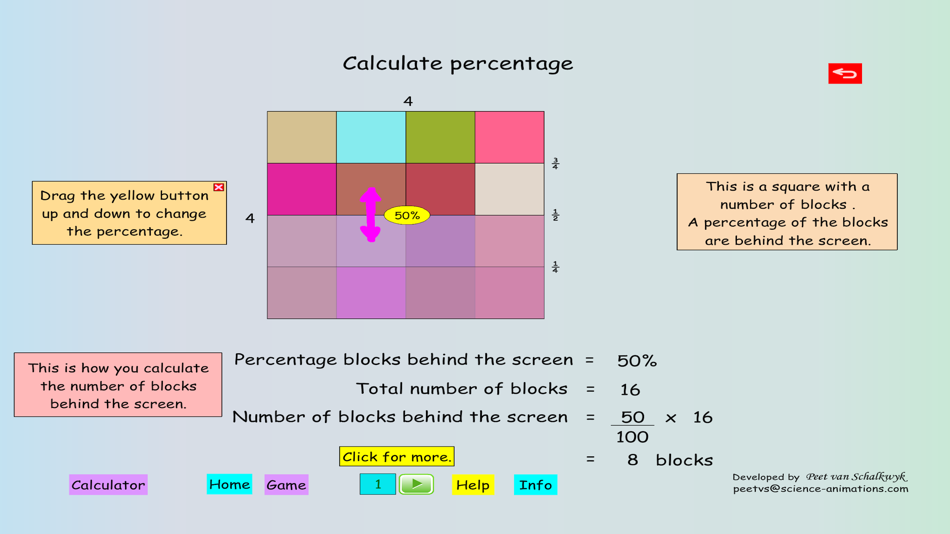


 In adults, each upper extremity and the head and neck are 9% of TBSA (total body surface area), the lower extremities and the anterior and posterior aspects of the trunk are 18% each, and the perineum and genitalia are assumed to be 1% of TBSA.
In adults, each upper extremity and the head and neck are 9% of TBSA (total body surface area), the lower extremities and the anterior and posterior aspects of the trunk are 18% each, and the perineum and genitalia are assumed to be 1% of TBSA.
 e. Lund and Browder chart
e. Lund and Browder chart 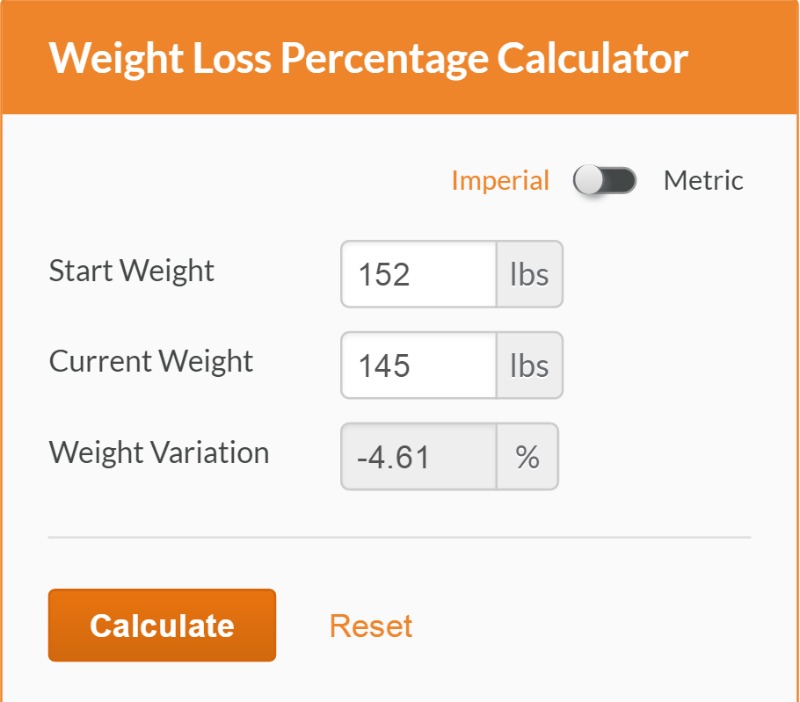
 The palm of the patient’s hand, excluding the fingers, is approximately 0.5 percent of total body surface area and the entire palmar surface including fingers is 1 percent in children and adults.
The palm of the patient’s hand, excluding the fingers, is approximately 0.5 percent of total body surface area and the entire palmar surface including fingers is 1 percent in children and adults.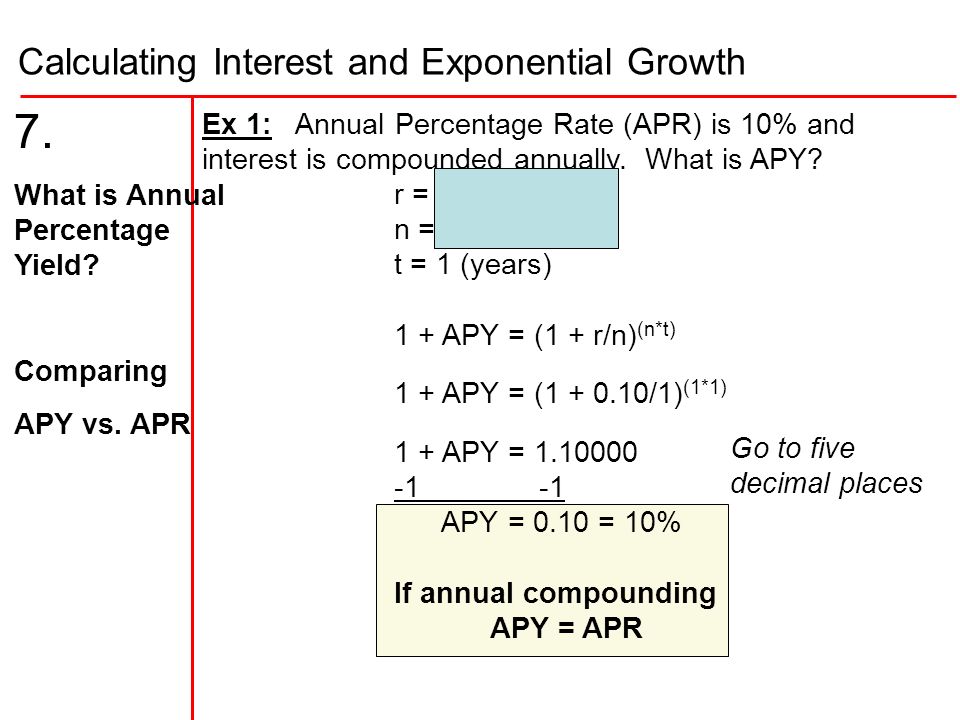


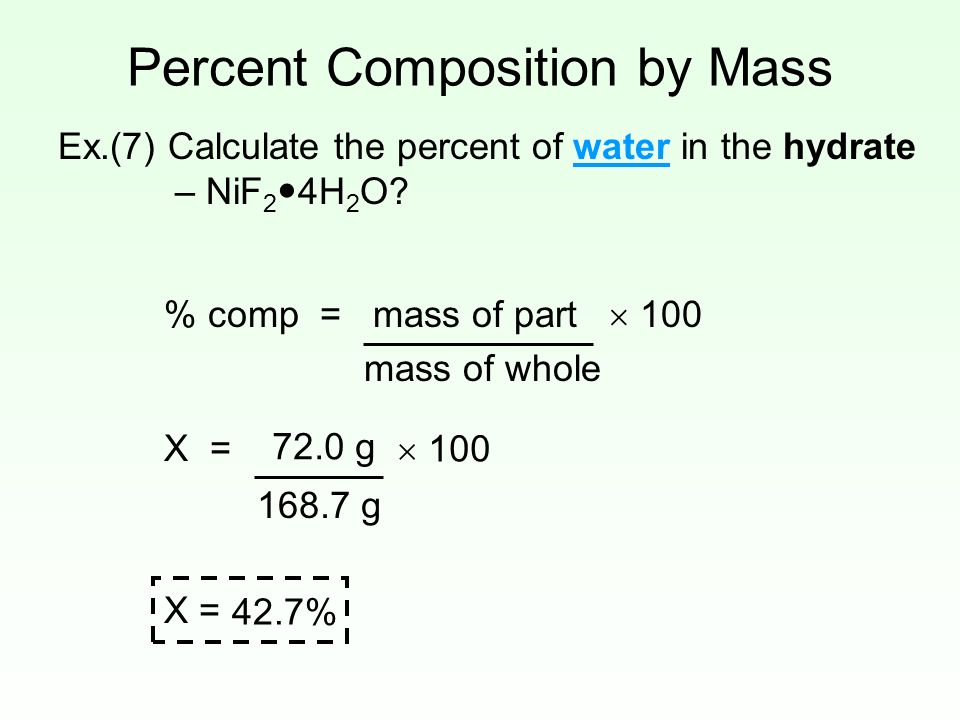 For calculating percentage of body surface area involved in children in practice.
For calculating percentage of body surface area involved in children in practice.
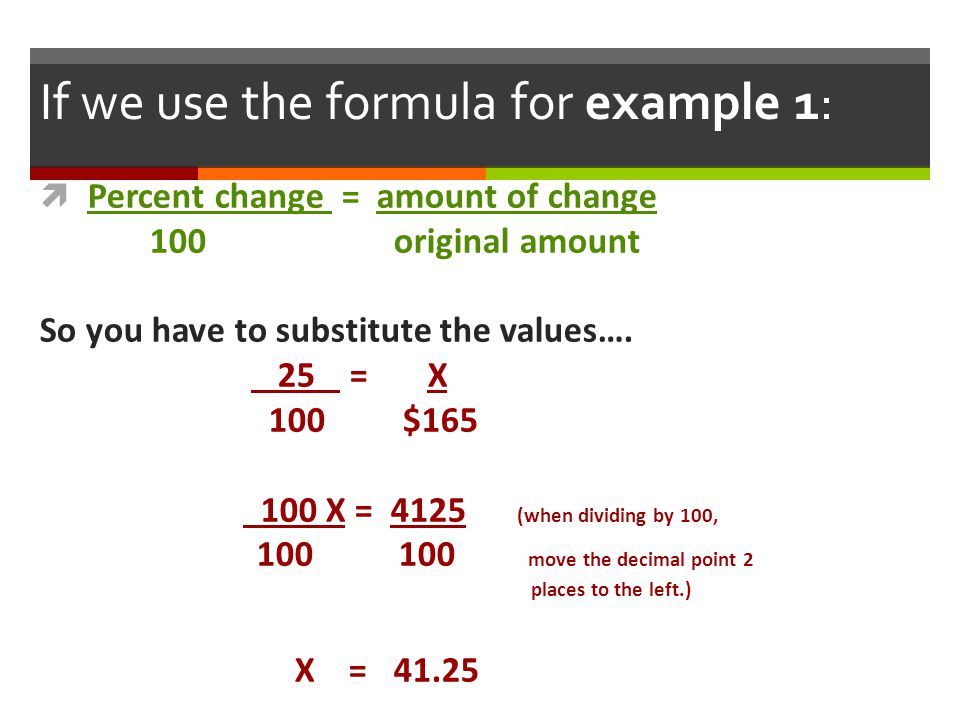 Will they accompany the child
Will they accompany the child
 The decision to use other dressings is made by the consultant.
The decision to use other dressings is made by the consultant.